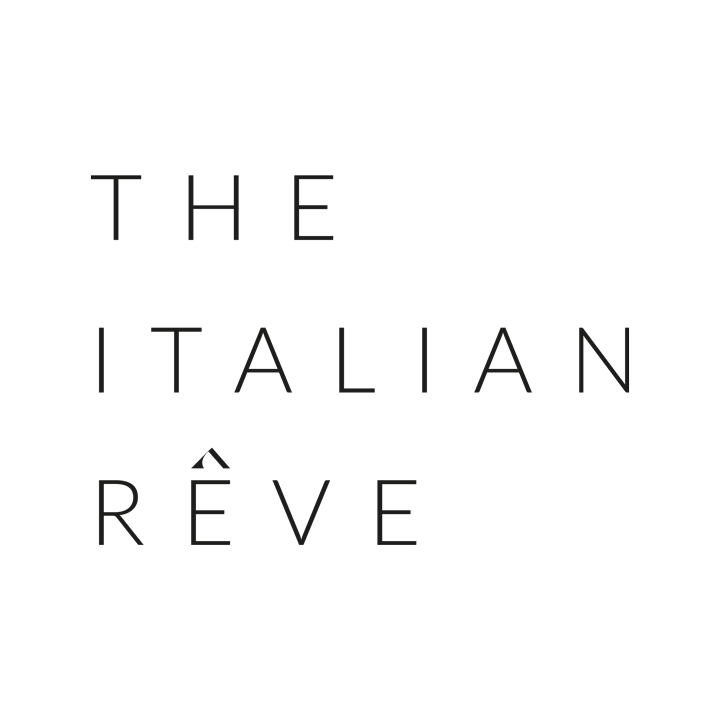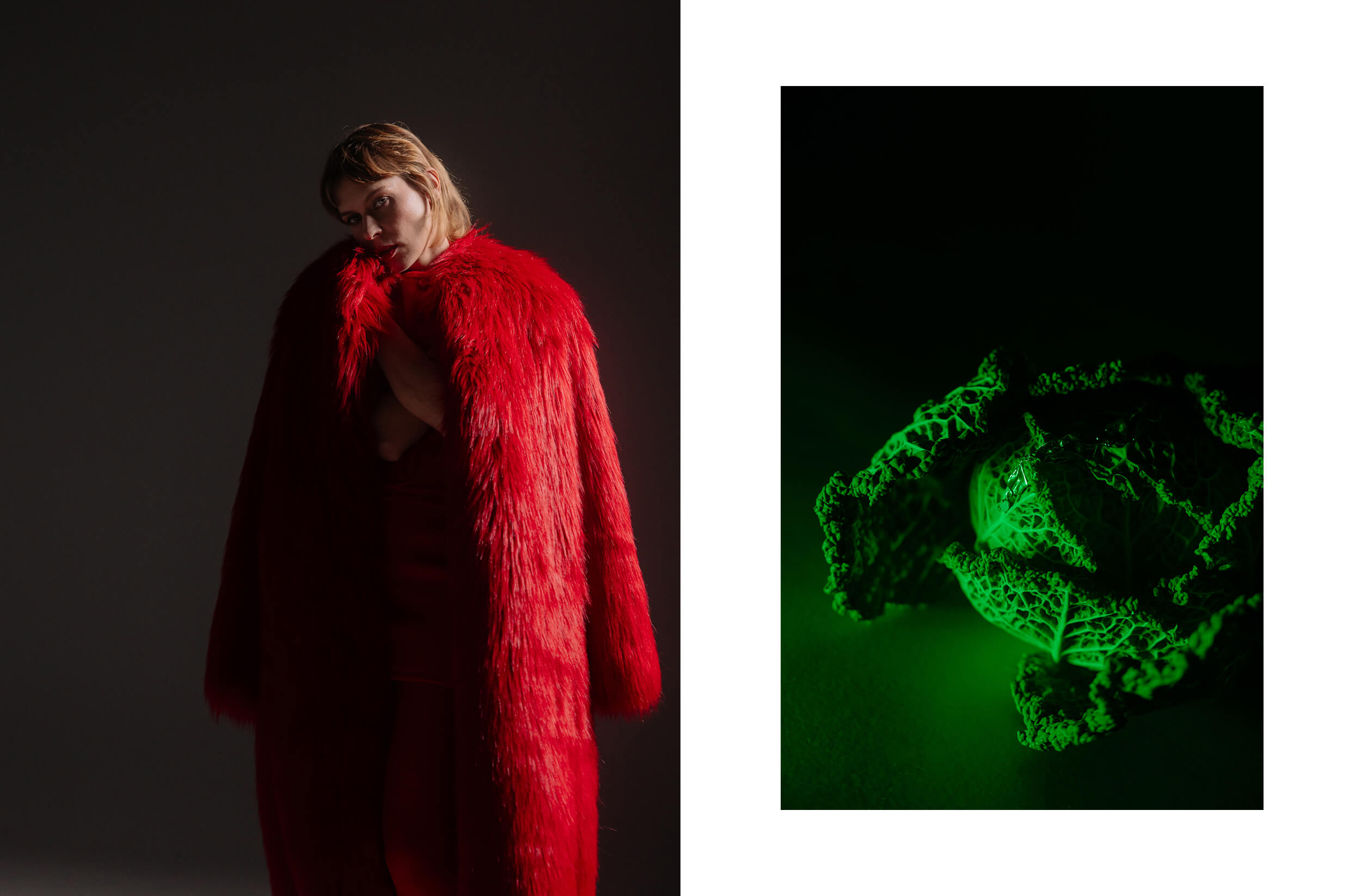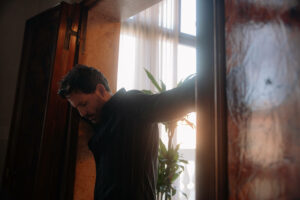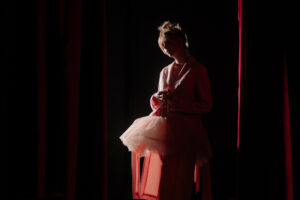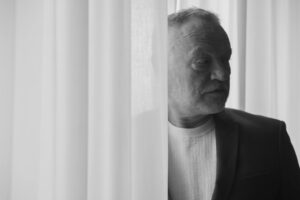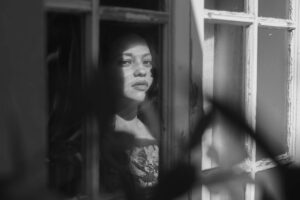There is an island, shrouded in mist and out of time, where every encounter has the power to transform those who experience it.
“L’isola degli idealisti,” the new film by Elisabetta Sgarbi, is a reflection suspended between reality and imagination, between order and disobedience, between the rules of the world and those of the heart. In this rarefied and restless universe, Elena Radonicich plays Beatrice Navi, a young thief on the run, but also a wandering and impertinent soul, ready to upset every balance.
Elena delivers an intense performance in a role that required both courage and surrender, within a set that itself became an idea of freedom. In our conversation, she told us about building her character, the challenge of embracing a deliberately “unnatural” acting style, and the deep connection that developed with the director, in a film that doesn’t seek answers, but rather open-ended questions.
How did your passion for cinema begin? What’s your first memory of it?
It was something I did with my father on Saturday nights.
We would watch action films, often not age-appropriate for me—it was something for grown-ups, and it felt exciting. It was like peeking through the keyhole into a world I would later belong to: the world of things that happen to others. With my father, we shared dreams, and cinema was a magnificent doorway.
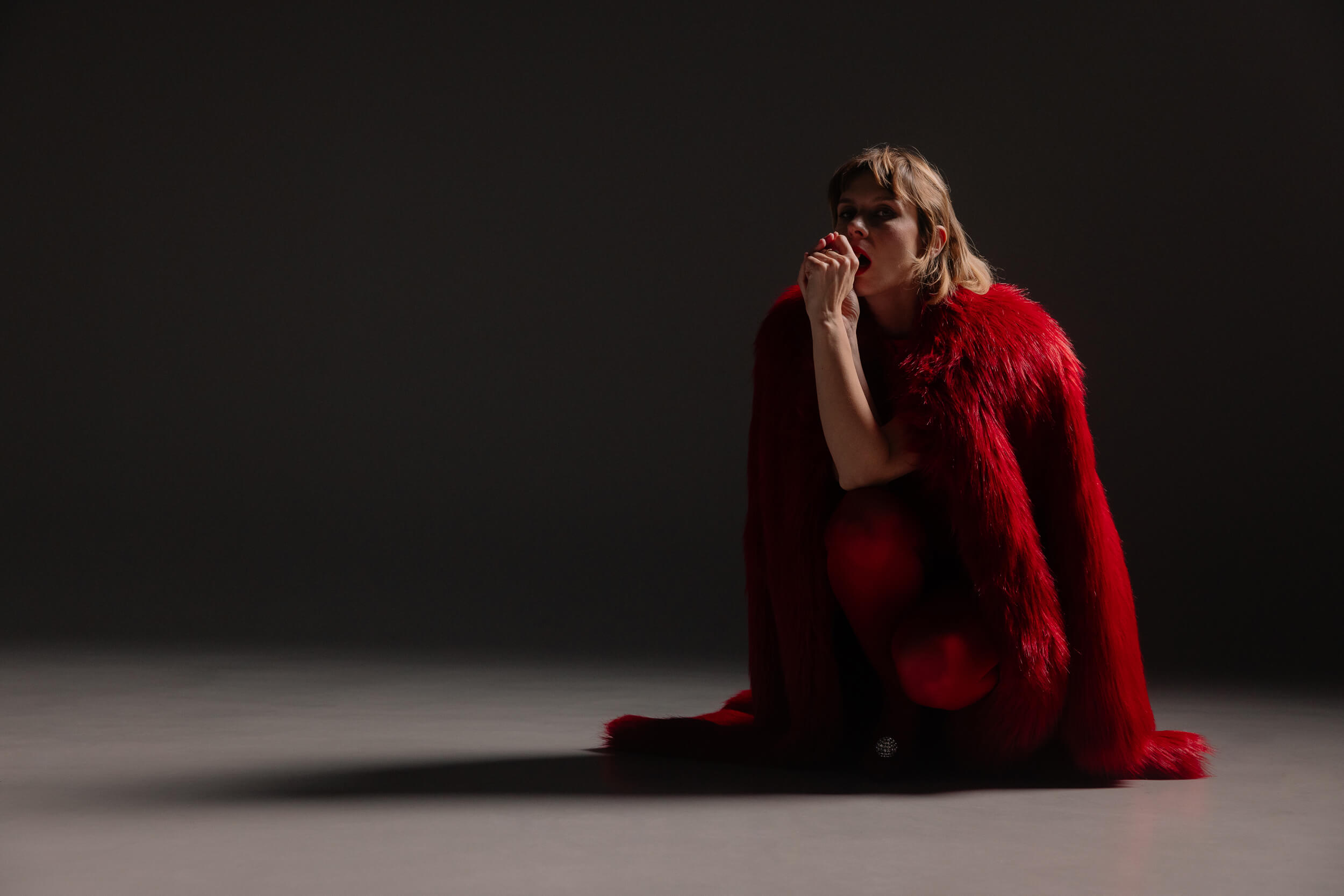
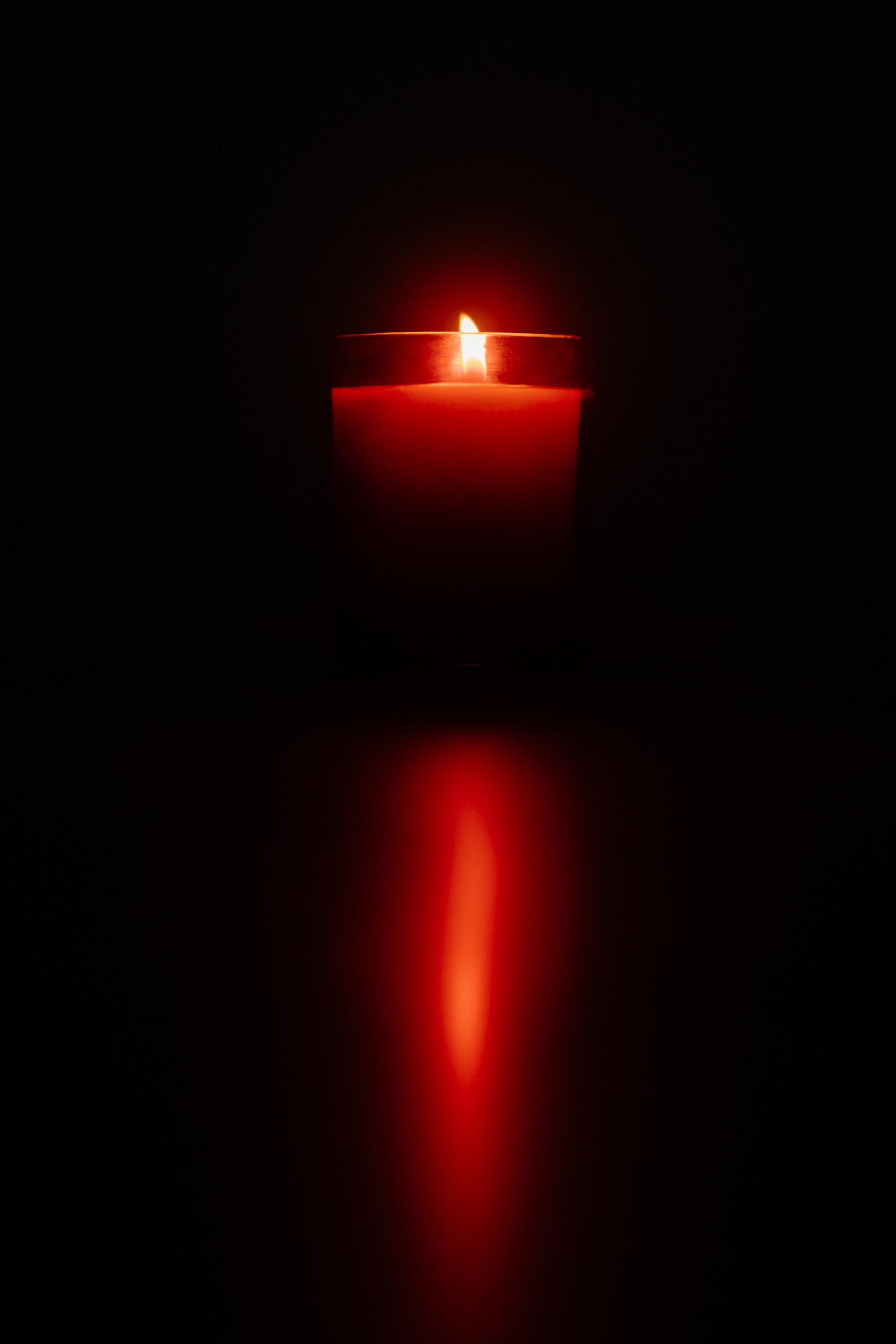
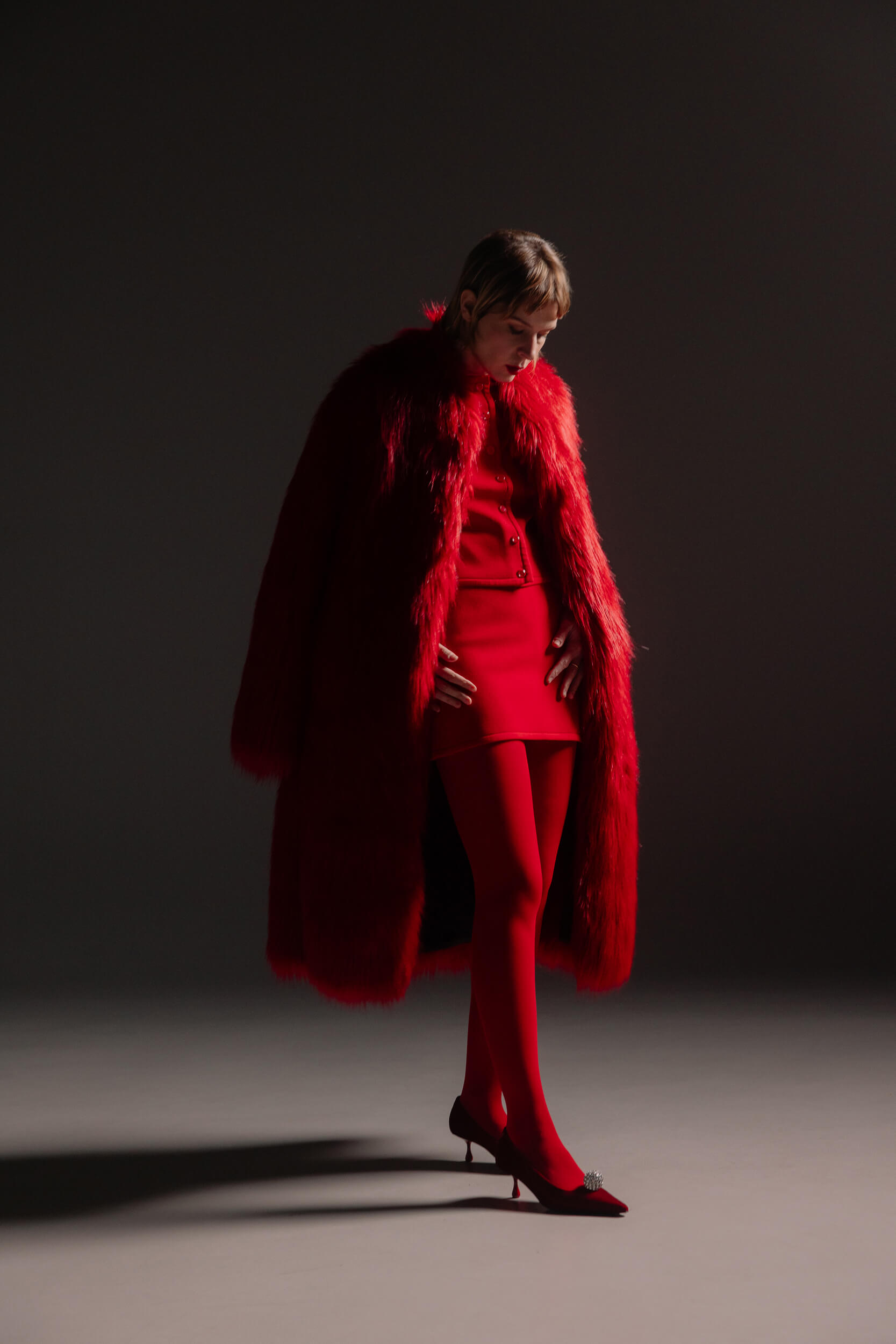
Your character in “The Island of the Idealists”, Beatrice Navi, is a thief on the run—but so much more than that. How did you build her inner world, between vulnerability and rebellion, in such a suspended setting like the Island of the Ginestre?
Beatrice is impertinent—Elisabetta [Sgarbi] repeated that to me constantly. Vulnerability and rebellion immediately felt like two essential aspects to activate the mechanism of desire, which, applied to each character, is one of the interpretive keys of the film. In Beatrice’s case, the desire to know herself.
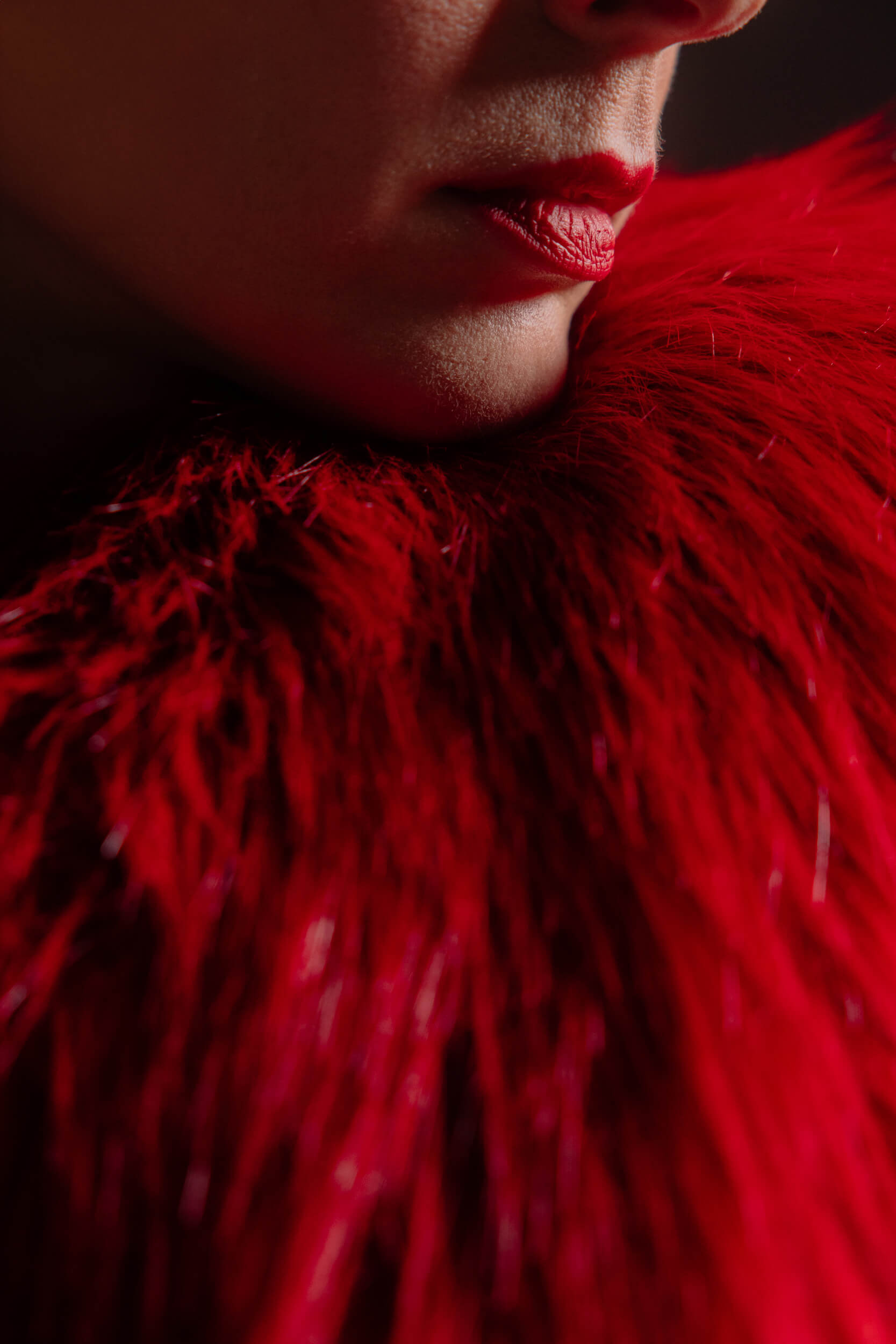
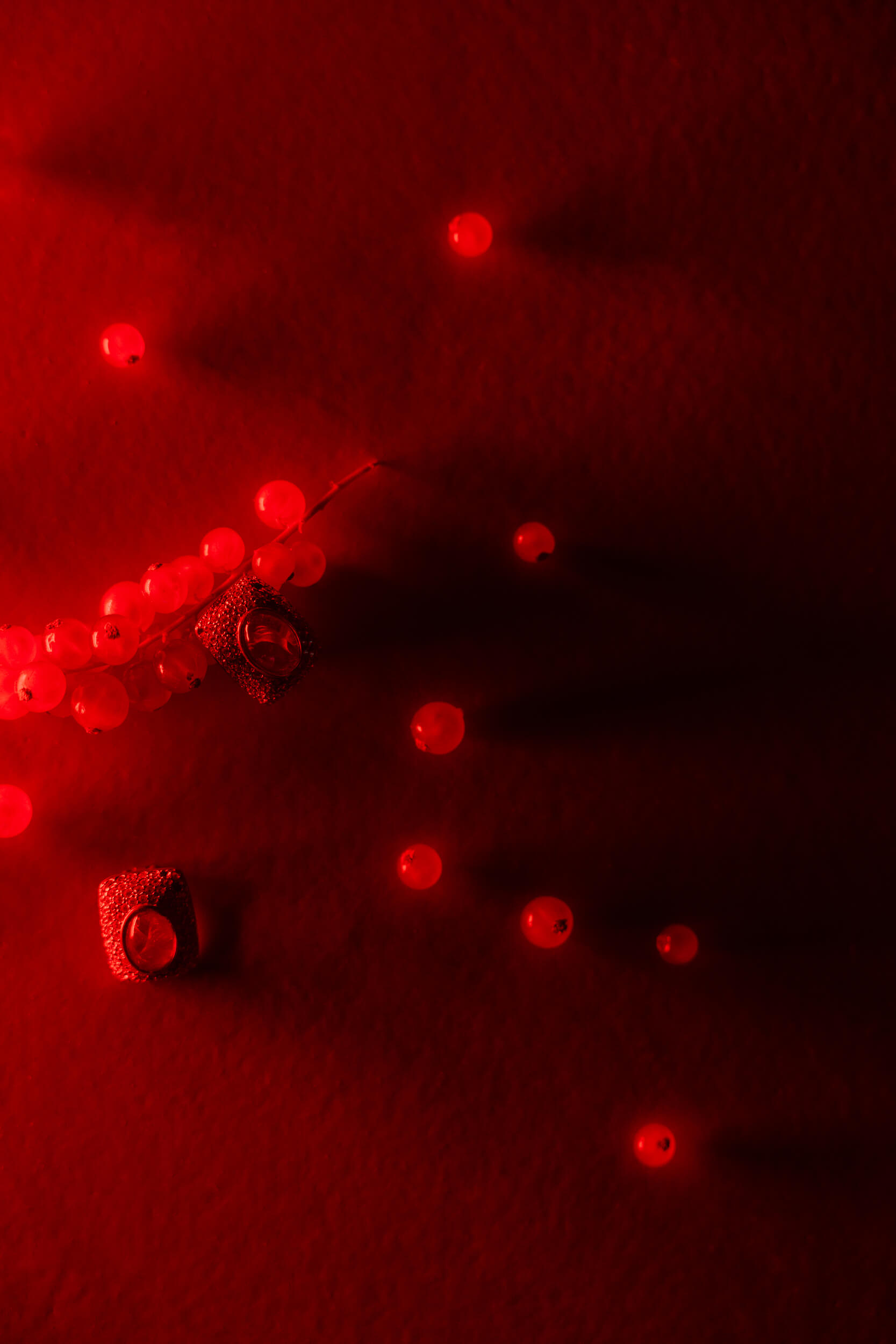
The film stages a “re-education course” imposed on the two thieves. Do you think Beatrice is more of a victim or a spark that ignites something in the other characters?
I think the film is compelling precisely because it explores the dialectic between good and evil, right and wrong, law and outlaw, without offering a clear answer. So, Beatrice is both.
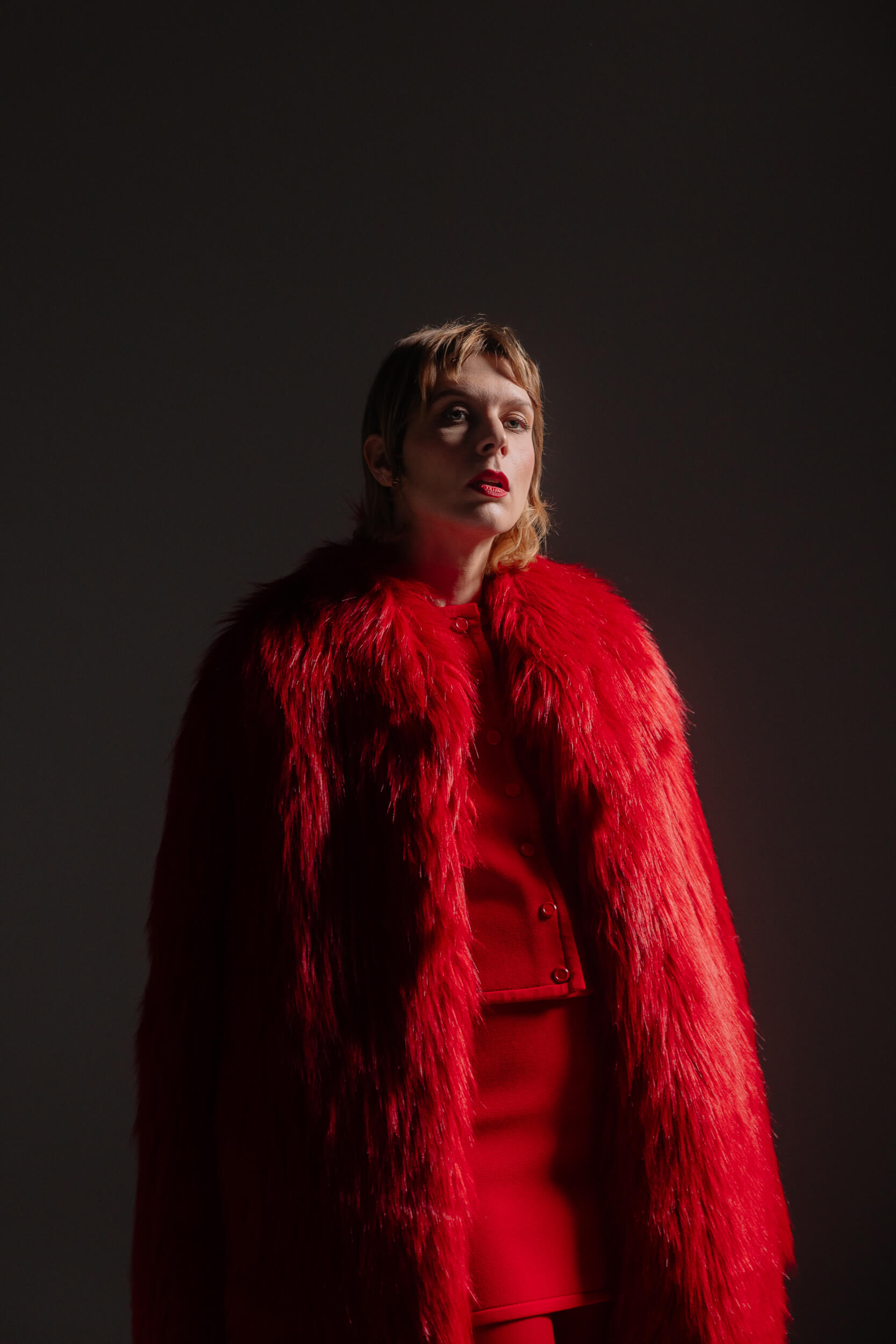
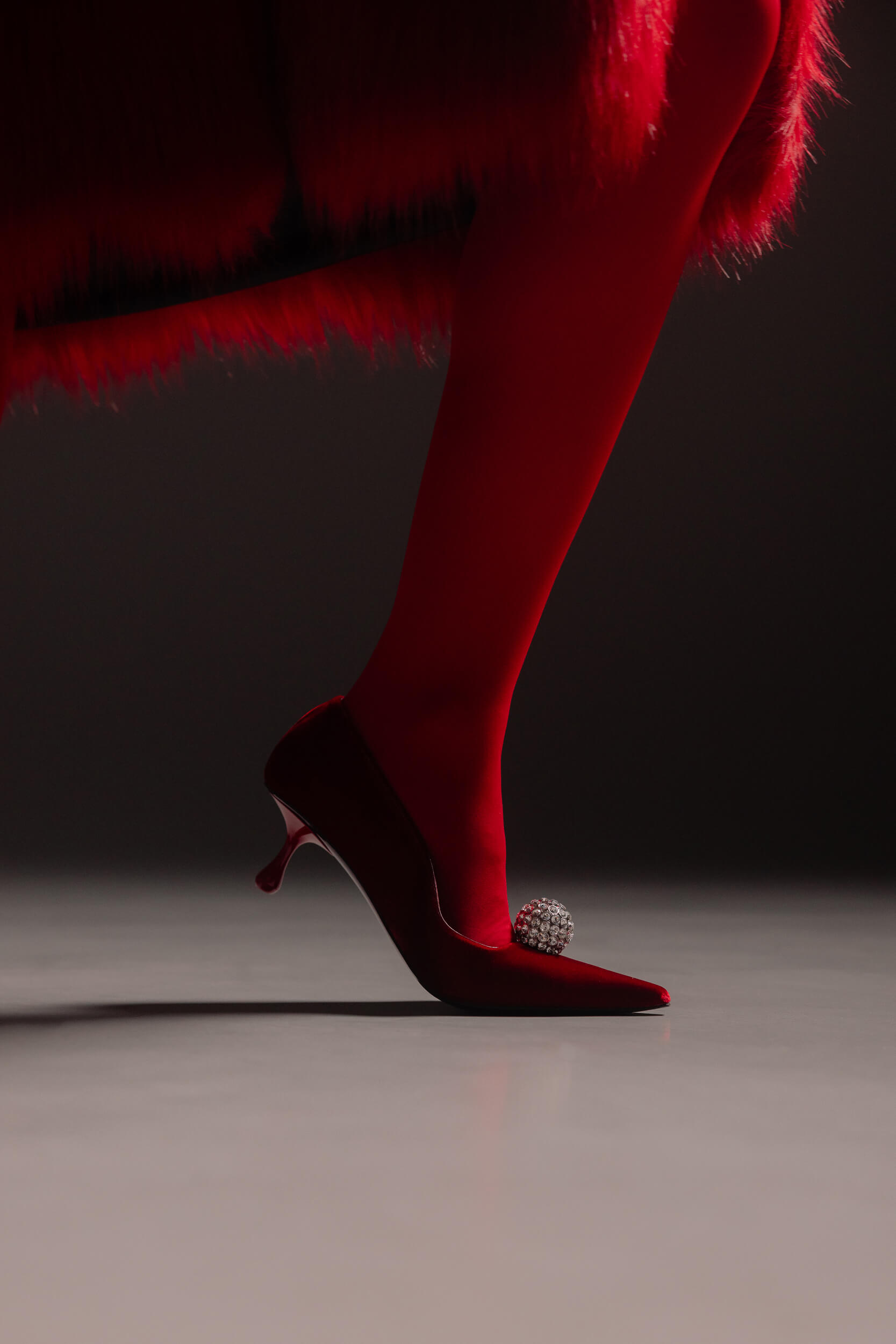
“good and evil, right and wrong, law and outlaw”
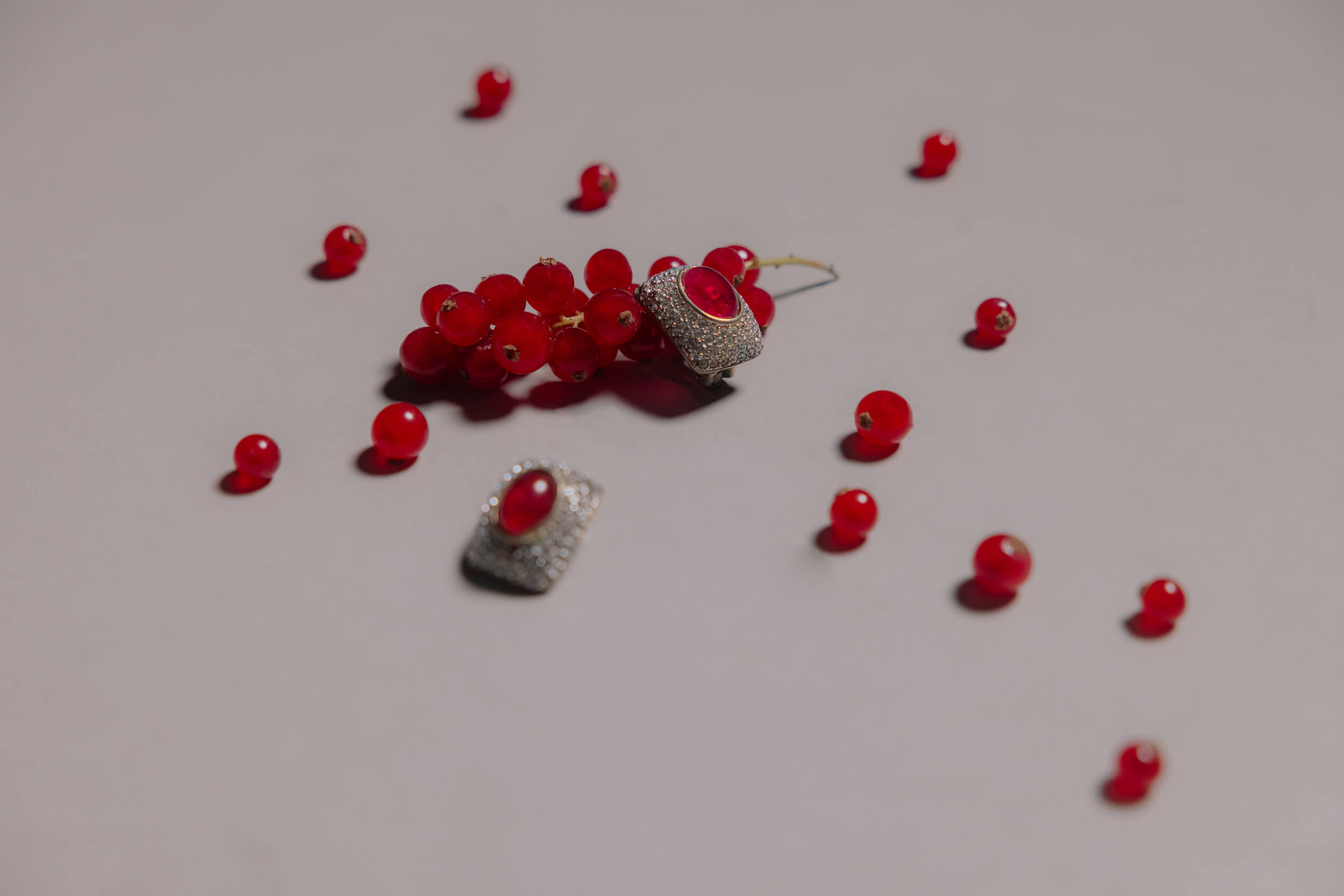
In the film, space and mirrors seem to have an almost symbolic role. As an actress, how did you engage with this constant “dialogue” between your body, the environment, and your reflection?
Elisabetta is, I’d say, obsessed with reflections—how they reveal the depth of an image and replicate it, even symbolically, returning the multiplicity of perspectives. For me, the game was discovering behind which reflection she was hiding.
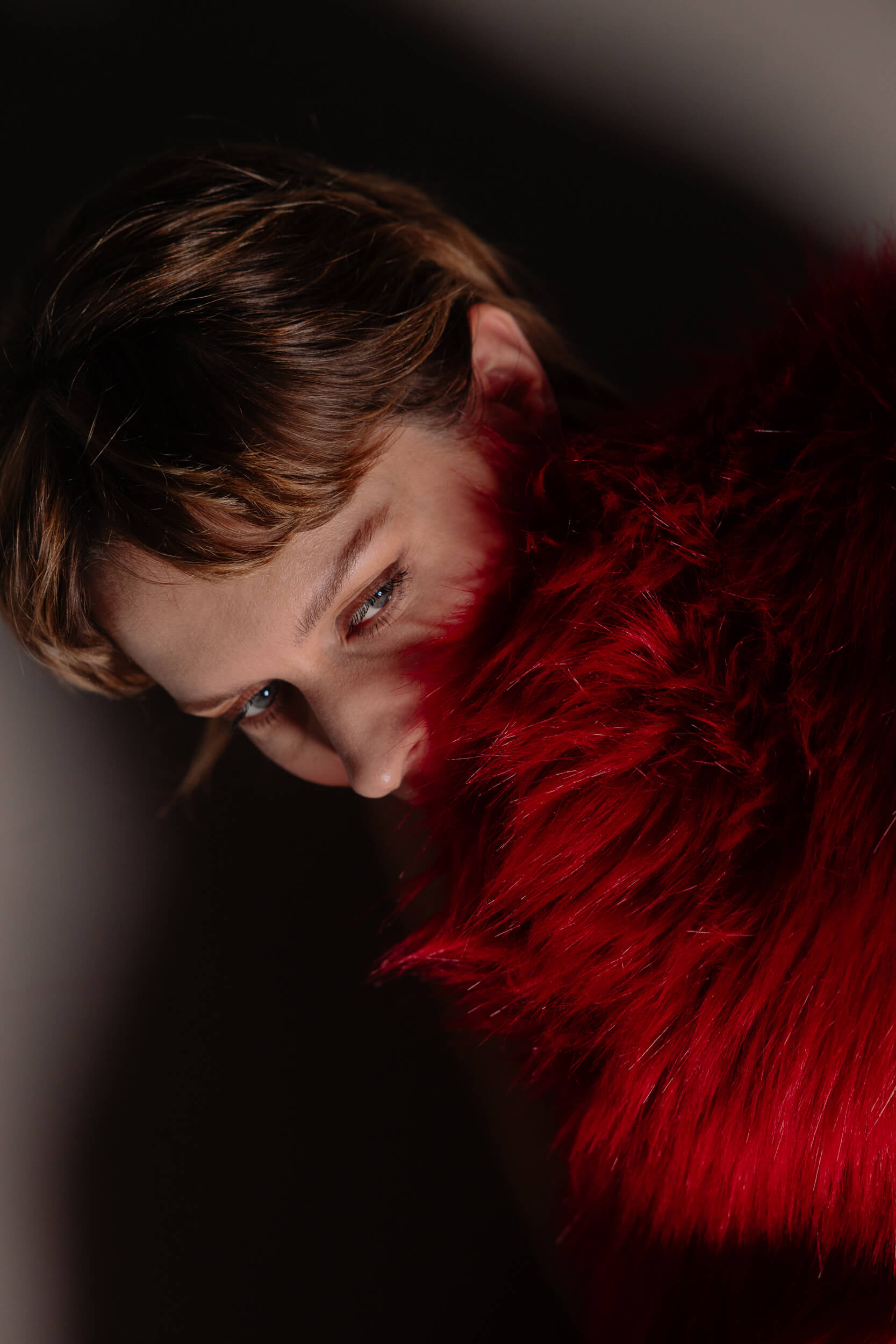

The director sought a style of acting removed from naturalism—more theatrical, almost artificial. Was it liberating or difficult to work within this stylistic frame?
Not easy—it’s not my comfort zone. But very interesting to observe that suspension and try to inhabit it. In some ways, it felt like a game.
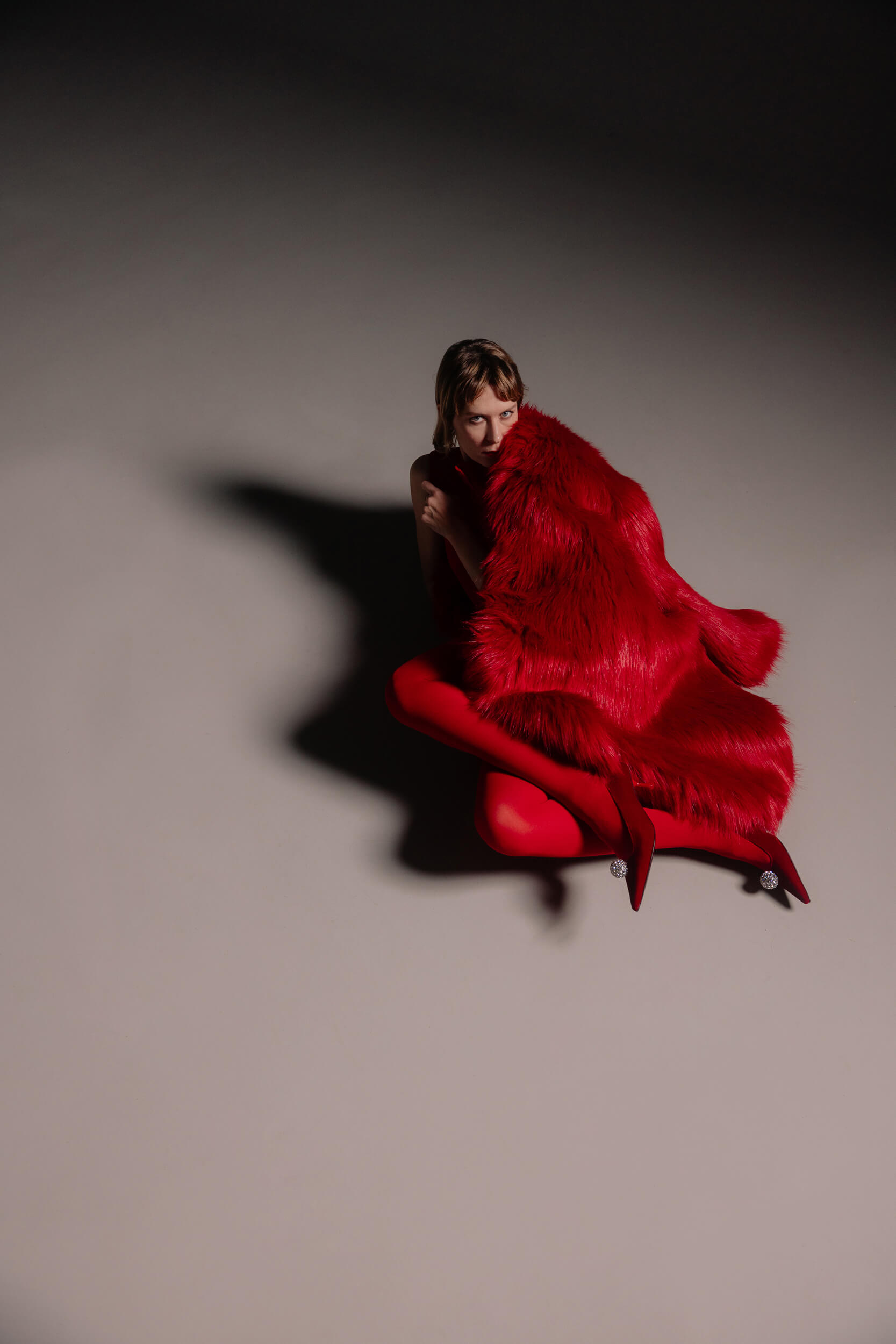
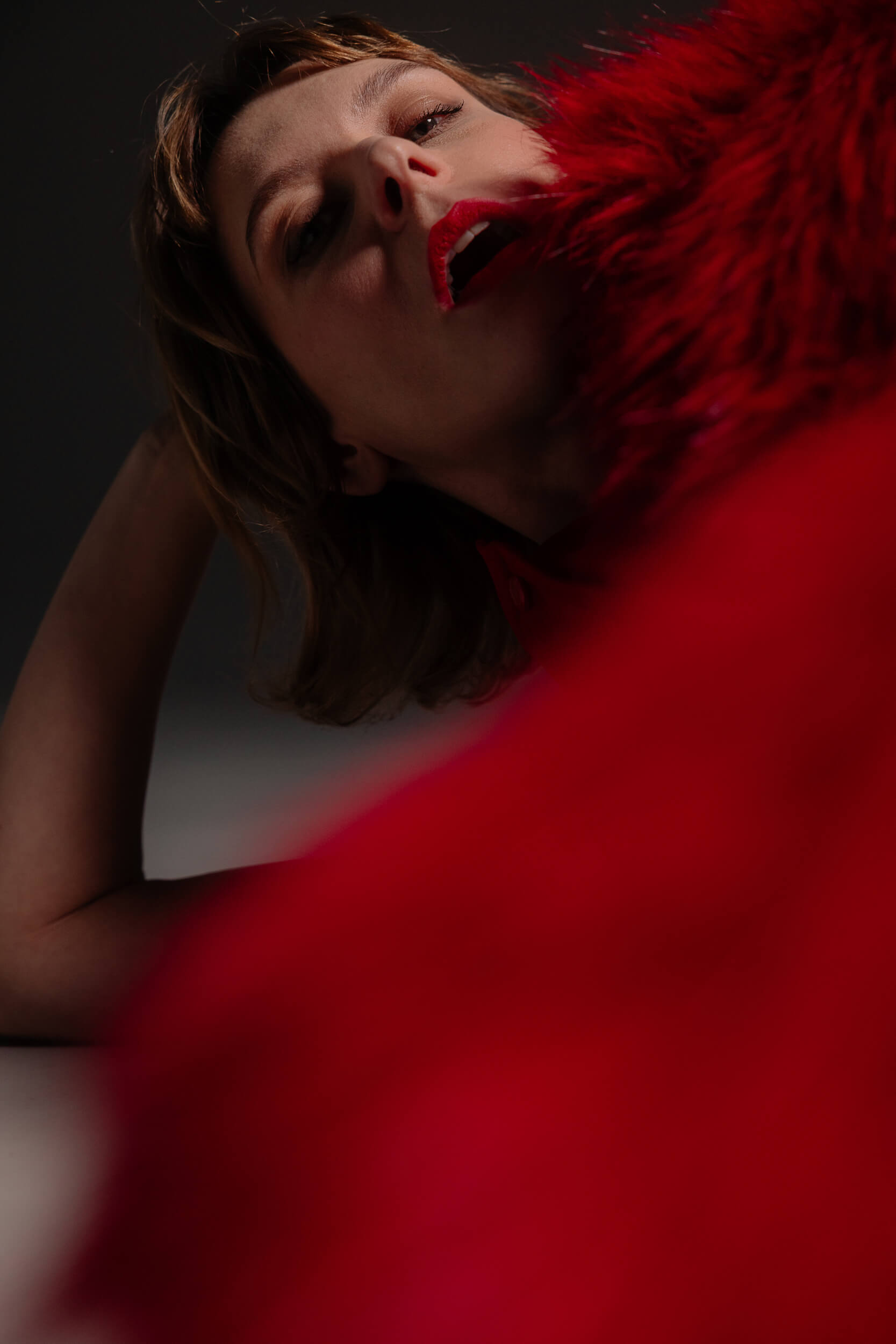
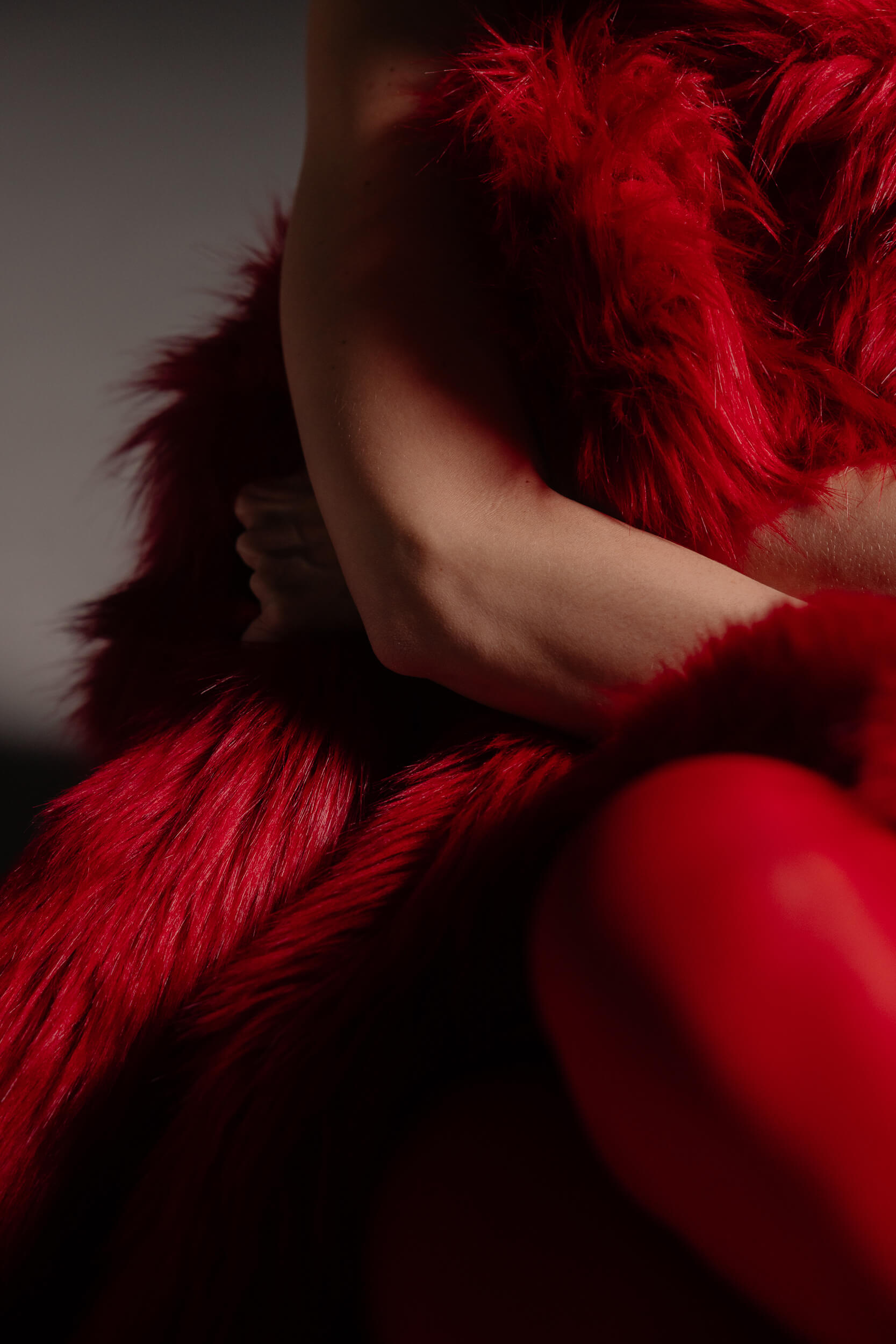
The island seems like an “elsewhere” outside of time, governed by its own rules. How did this surreal space influence your performance?
The island is the film—it sets the rules. The non-place and non-space made that rarefied quality possible.
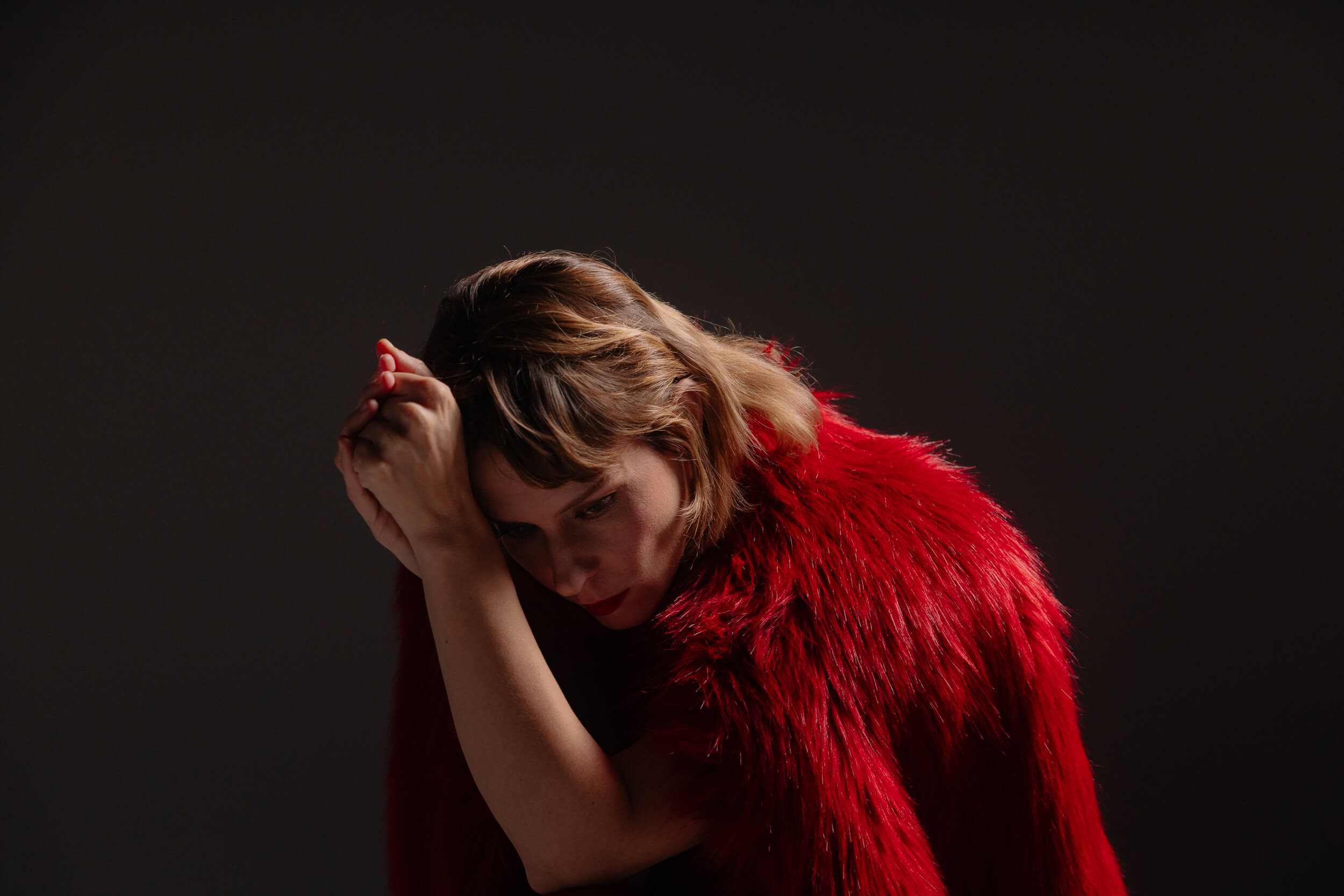
“The island is the movie – it sets the rules”
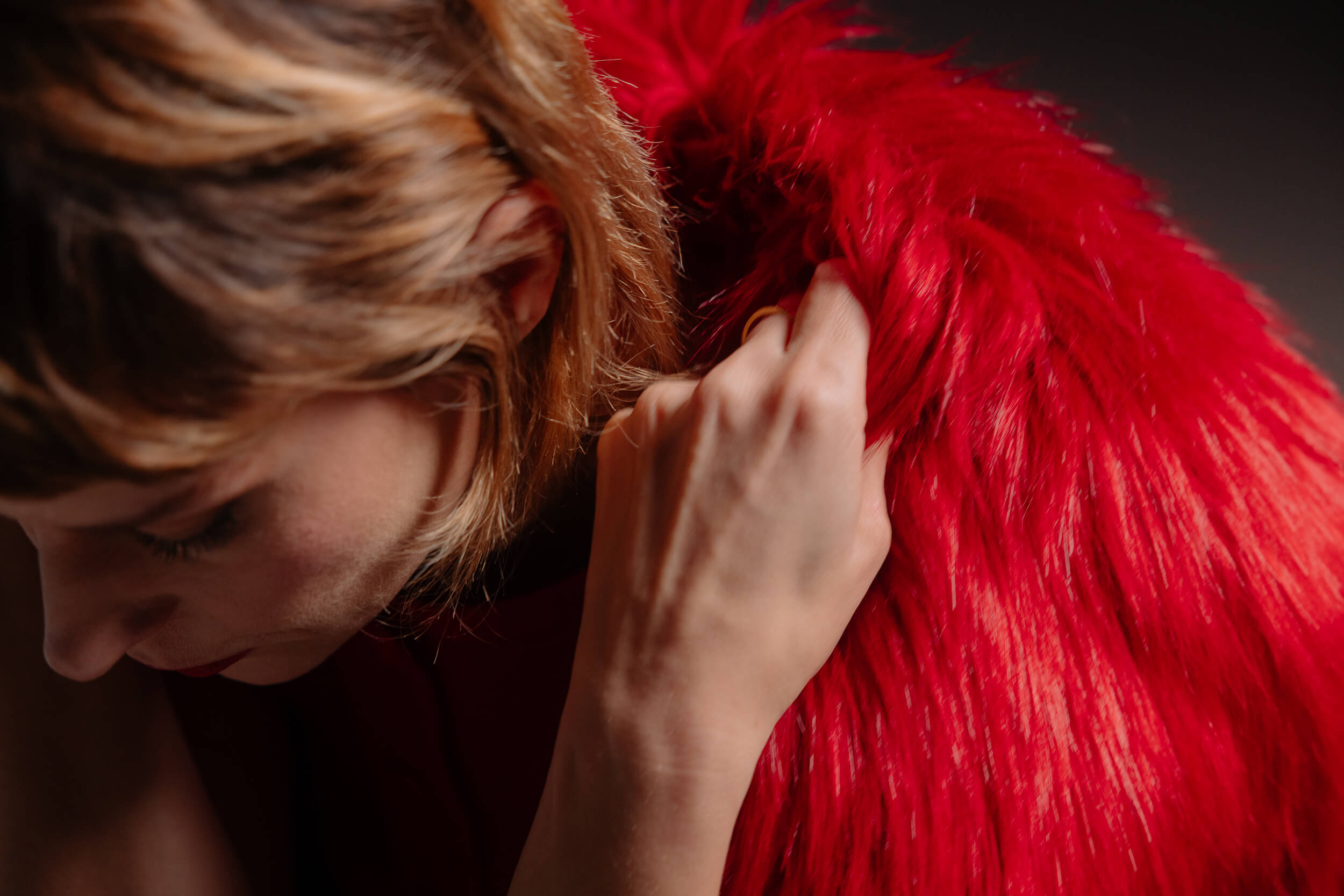
The film is based on a lost novel by Giorgio Scerbanenco. Did you engage with the original text? And if so, how did it guide you in relation to the screenplay?
The novel is wonderful and full of nuances, some of which weren’t transposed into the script. It was an incredibly valuable resource. I always had it with me.
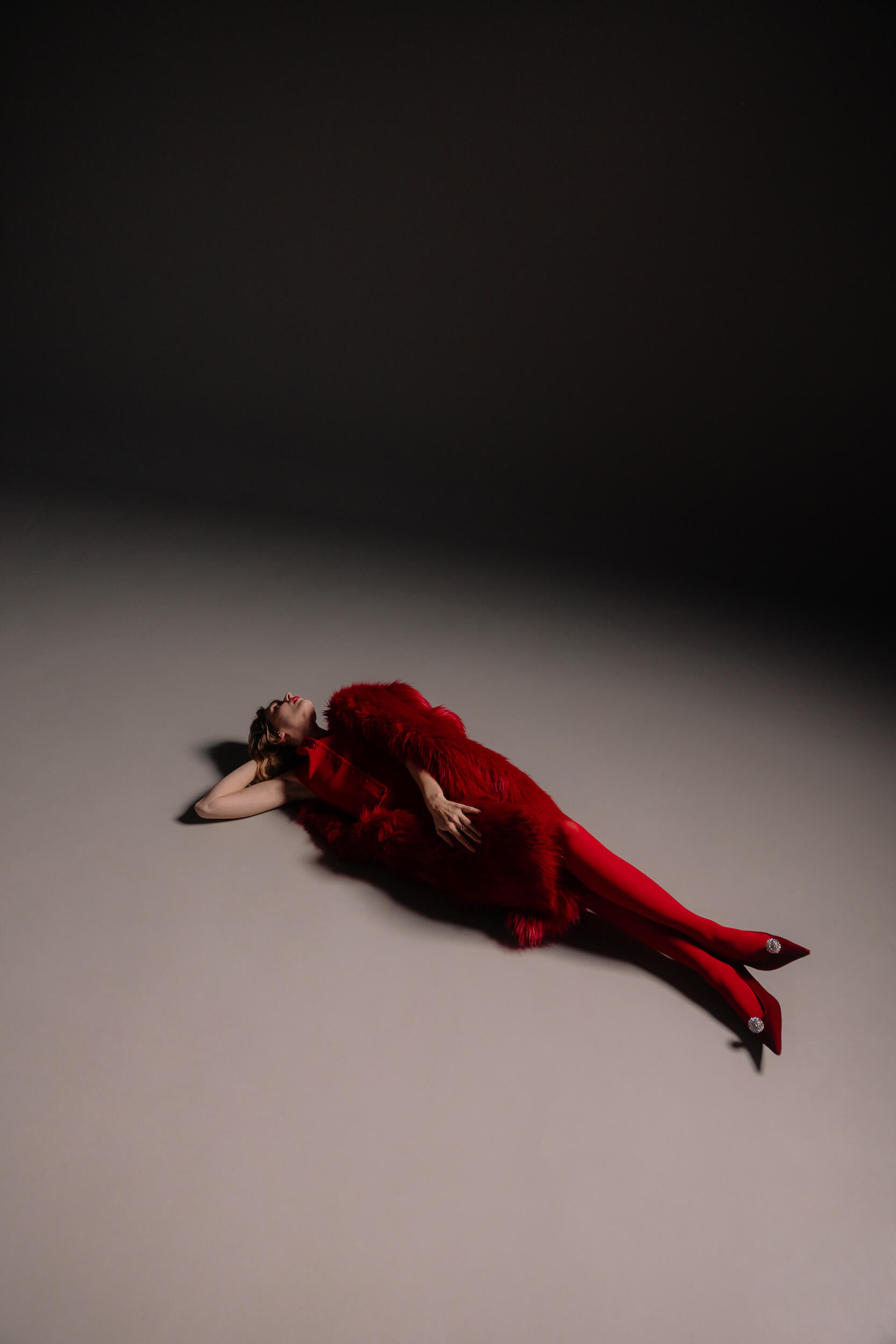

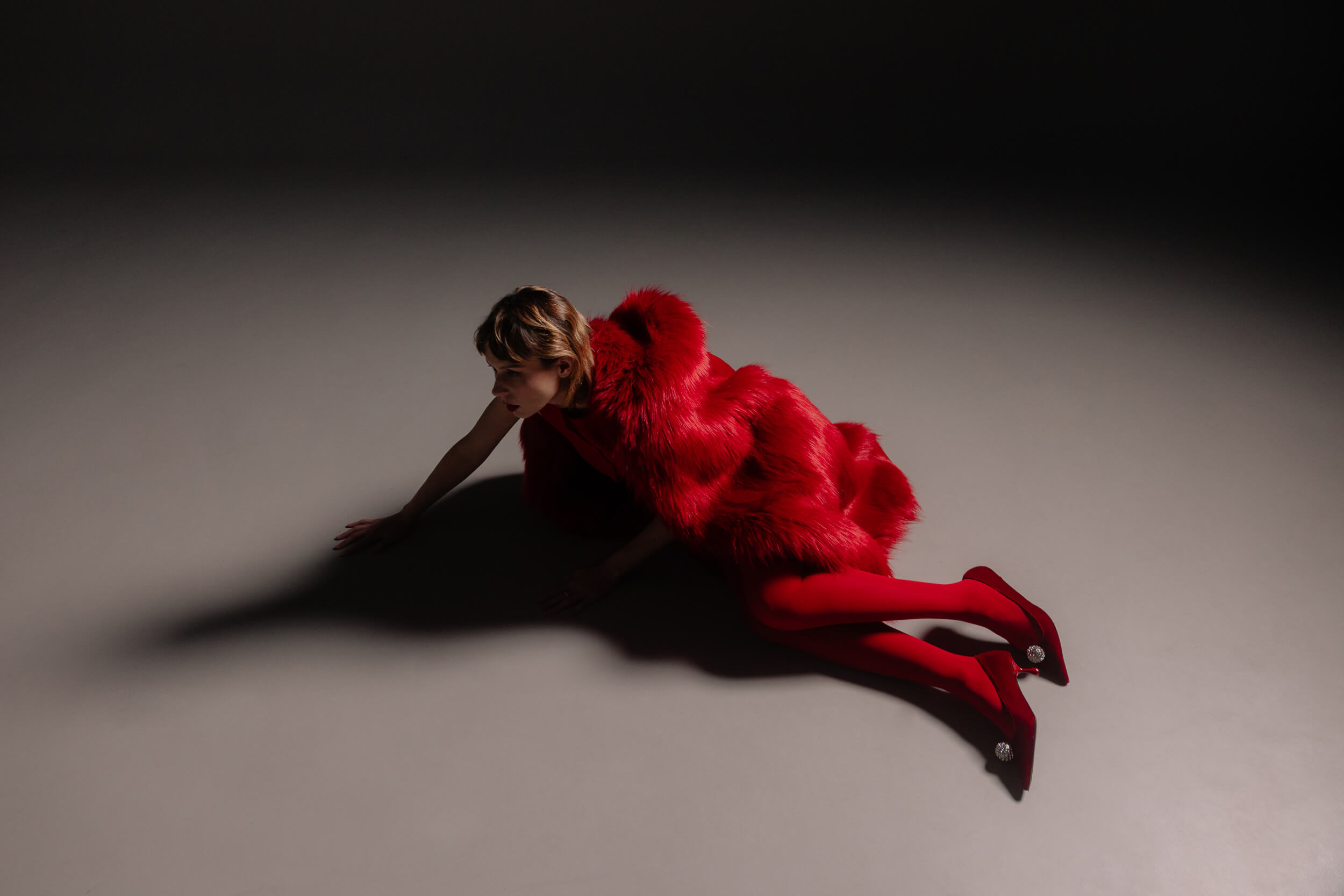
Beatrice enters a microcosm ruled by art, music, and literature. Did you prepare with any cultural or iconographic references to give substance to the character?
Elisabetta lives immersed in beauty, and she brought that to us as well. We had many references. I remember, for example, when we all listened together to “Waiting for the Barbarians” by Cavafy. Constant suggestions and analogies.
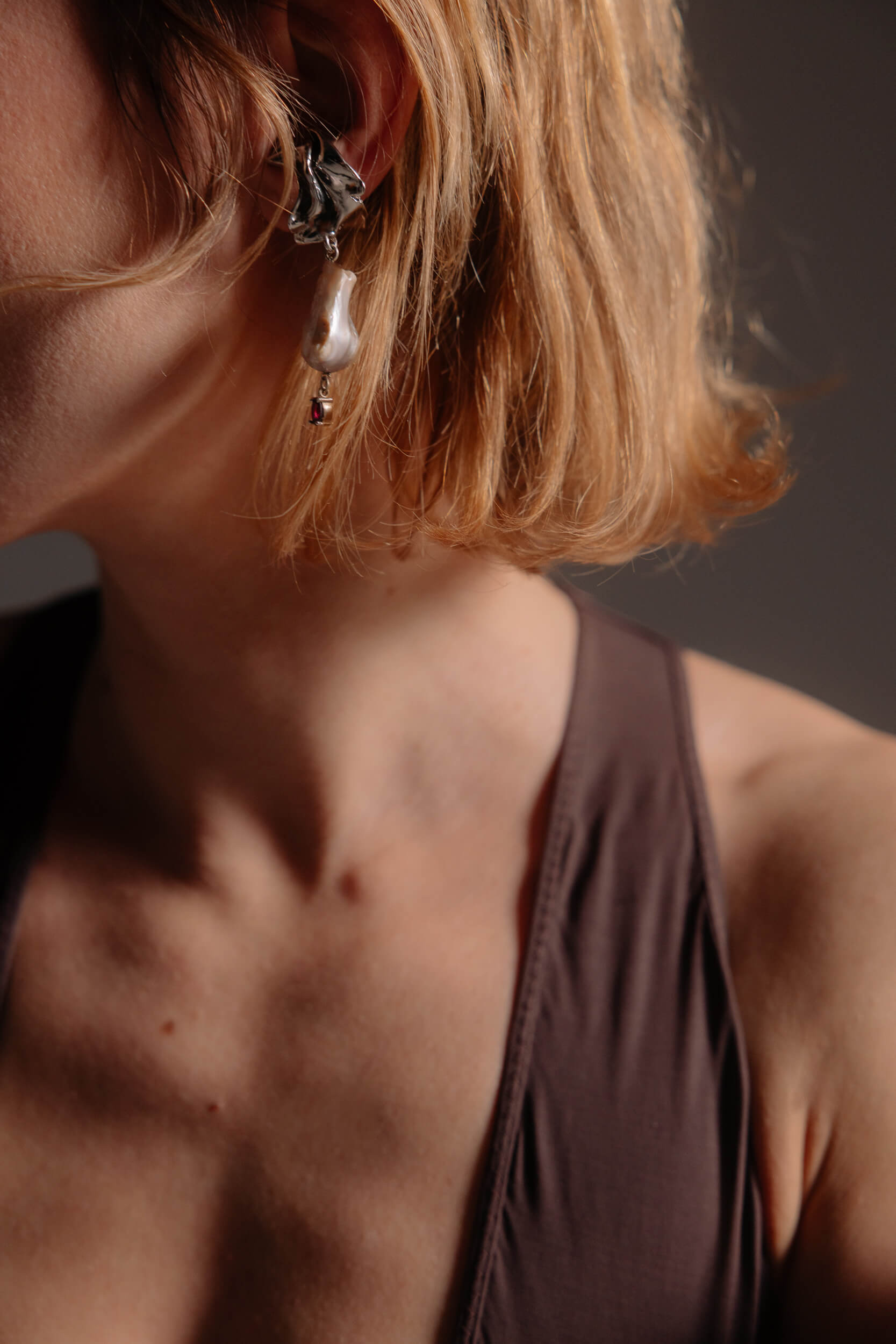
“Constant suggestions and analogies”
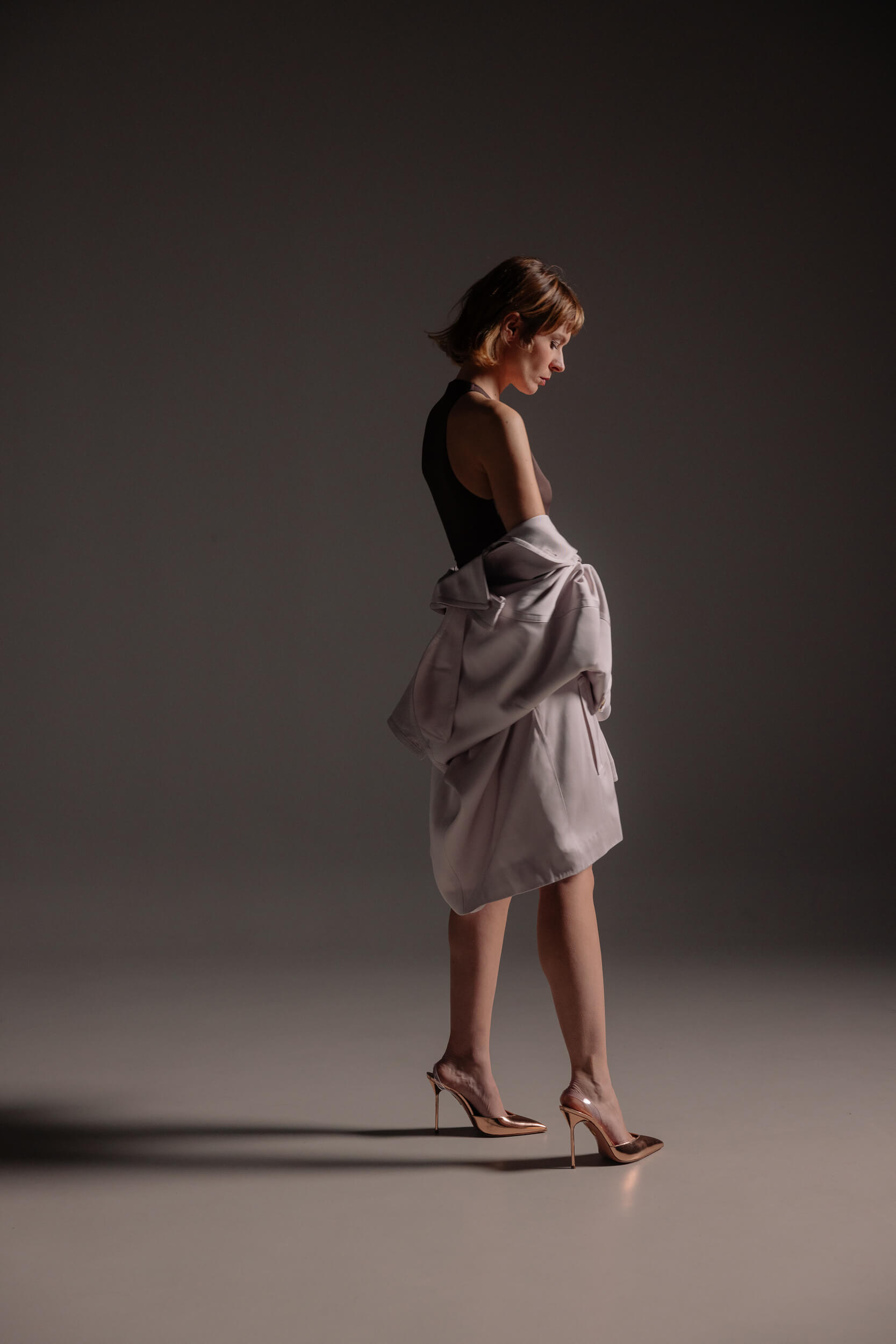
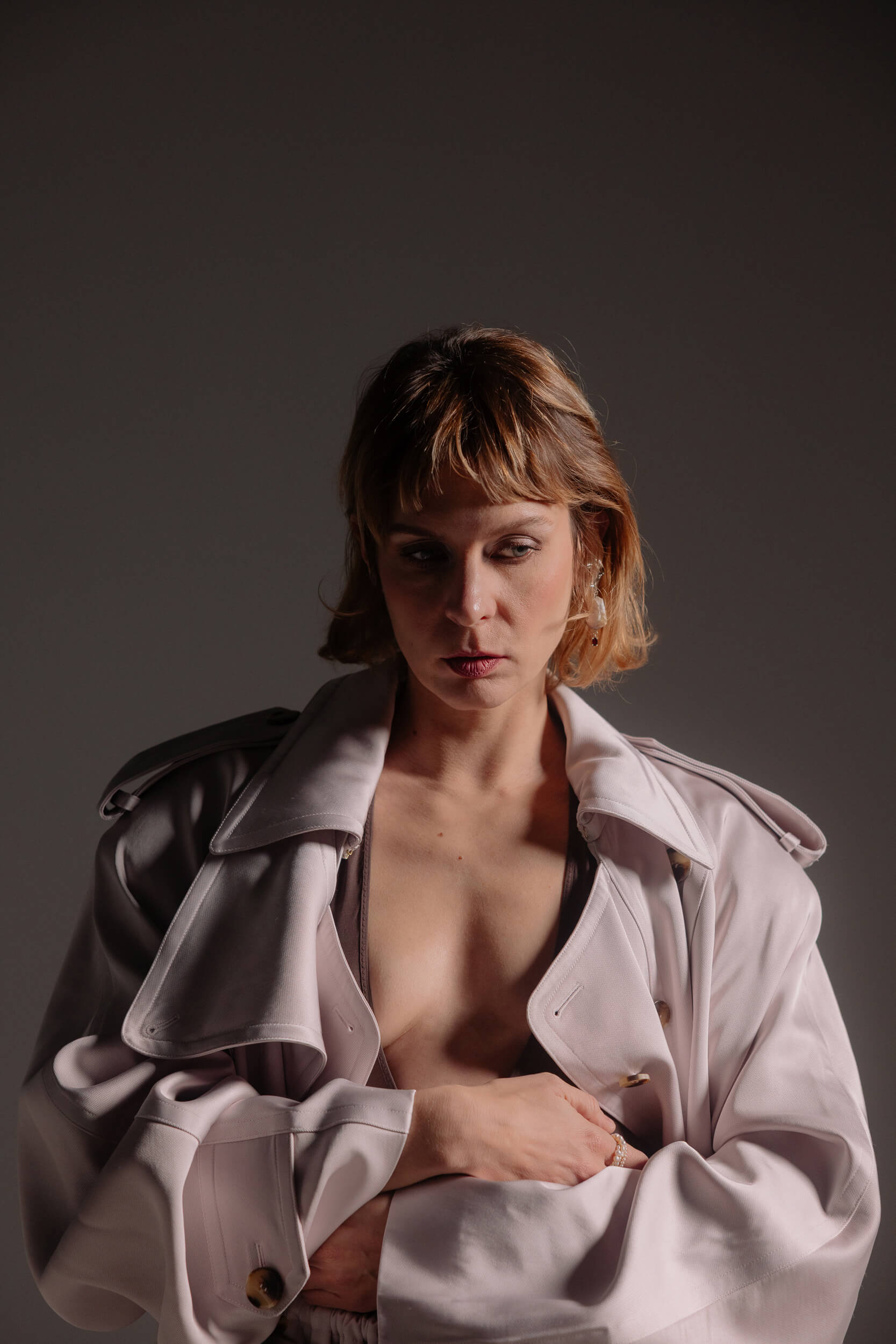
The film is deeply ensemble-driven, but at the same time, each character is clearly defined. How did you work with the other actors on set, even in the silences and glances?
With Tommaso Ragno and Renato De Simone, a deep language of listening and irony developed right away, which helped us navigate the material. But the ensemble scenes, like the dinner ones, revealed something evident: each of us had our own interpretation of Elisabetta’s language, and yet we were all in sync.
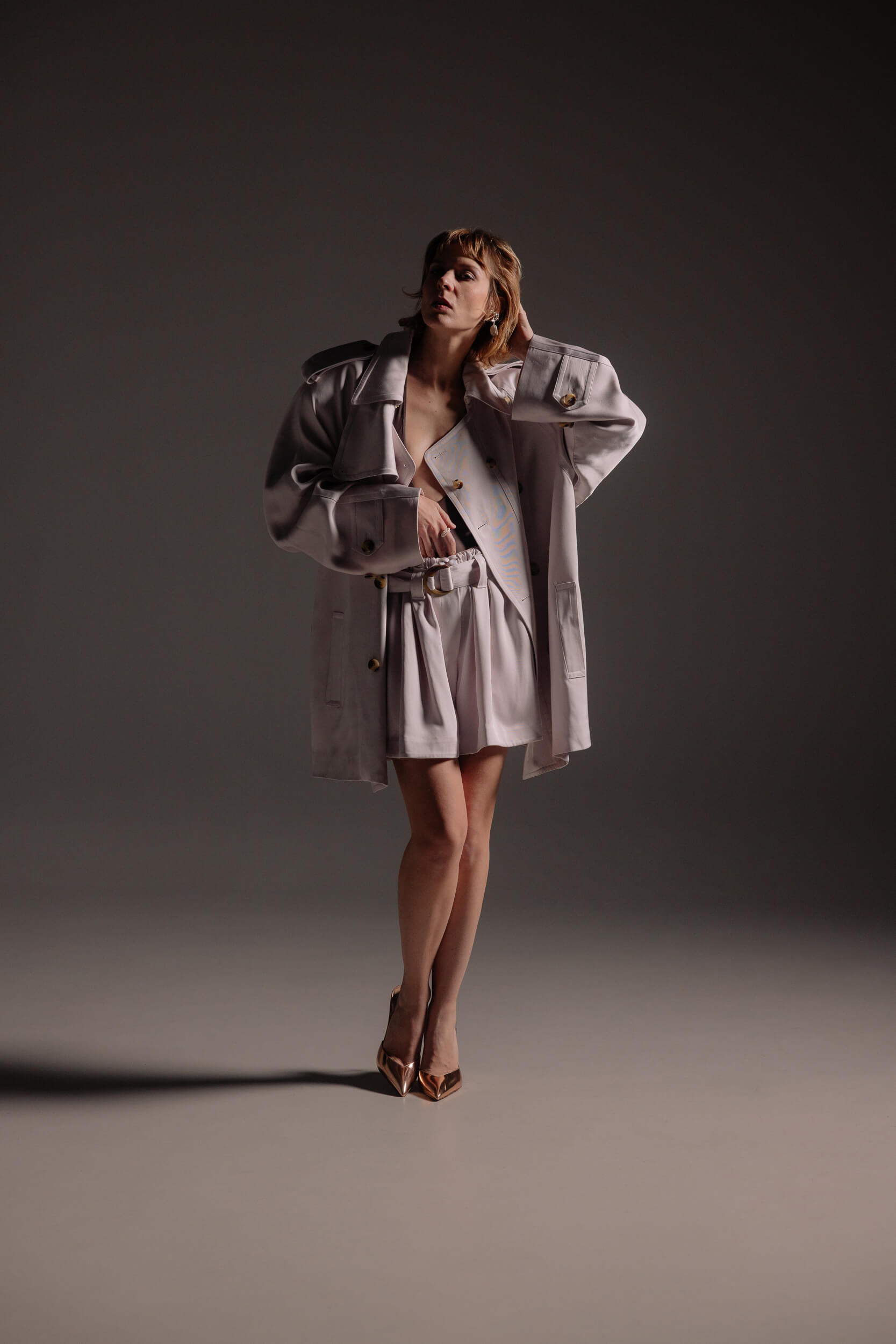

What did this experience leave you with, personally and professionally, in a film that dances between reality and theory, between rigor and madness?
A great sense of freedom, and a somewhat defiant attitude toward danger. What is dangerous? Conformism.
With Elisabetta, a very special and intimate relationship was forged, and I truly felt like I was living an experience far removed from anything ordinary.
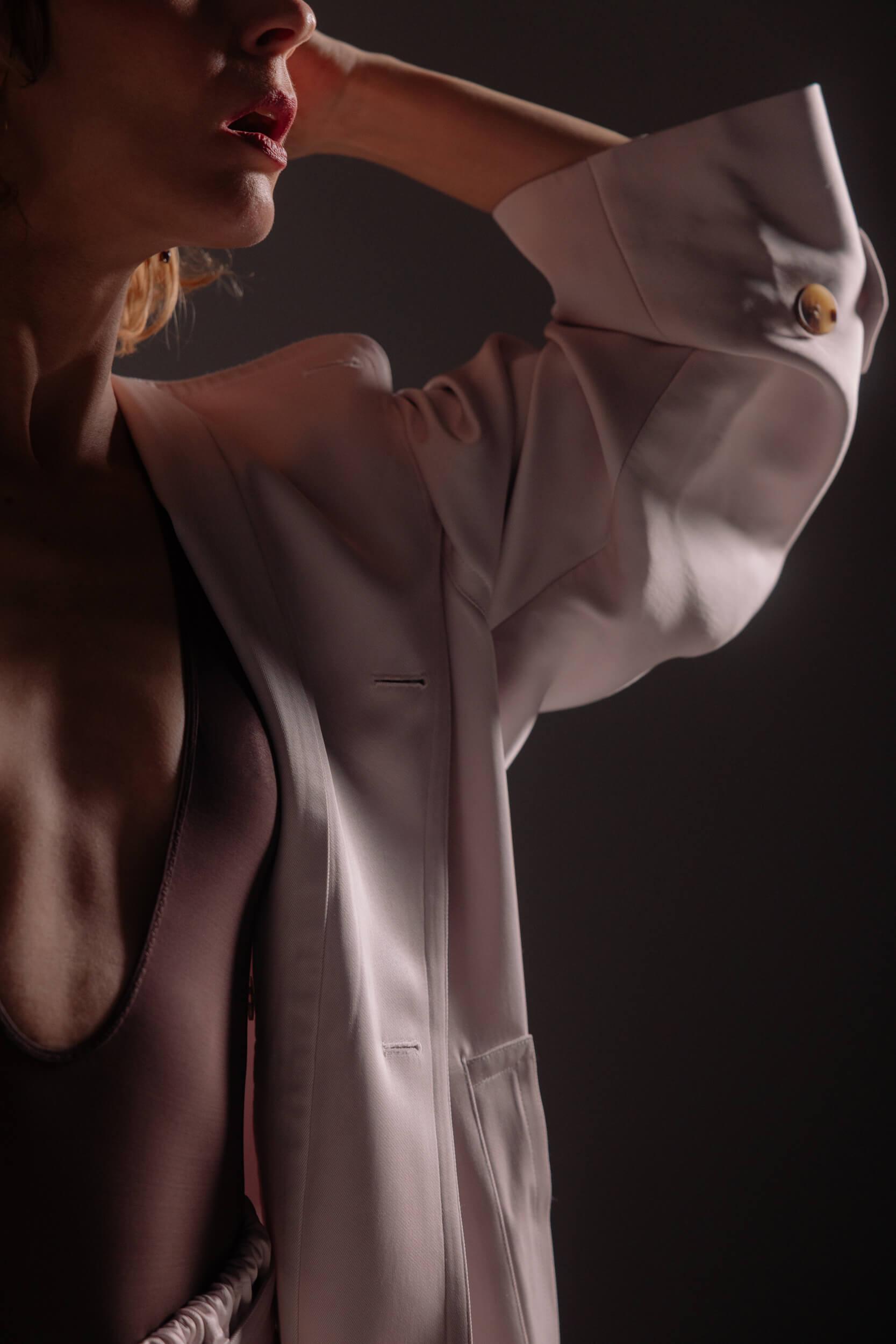
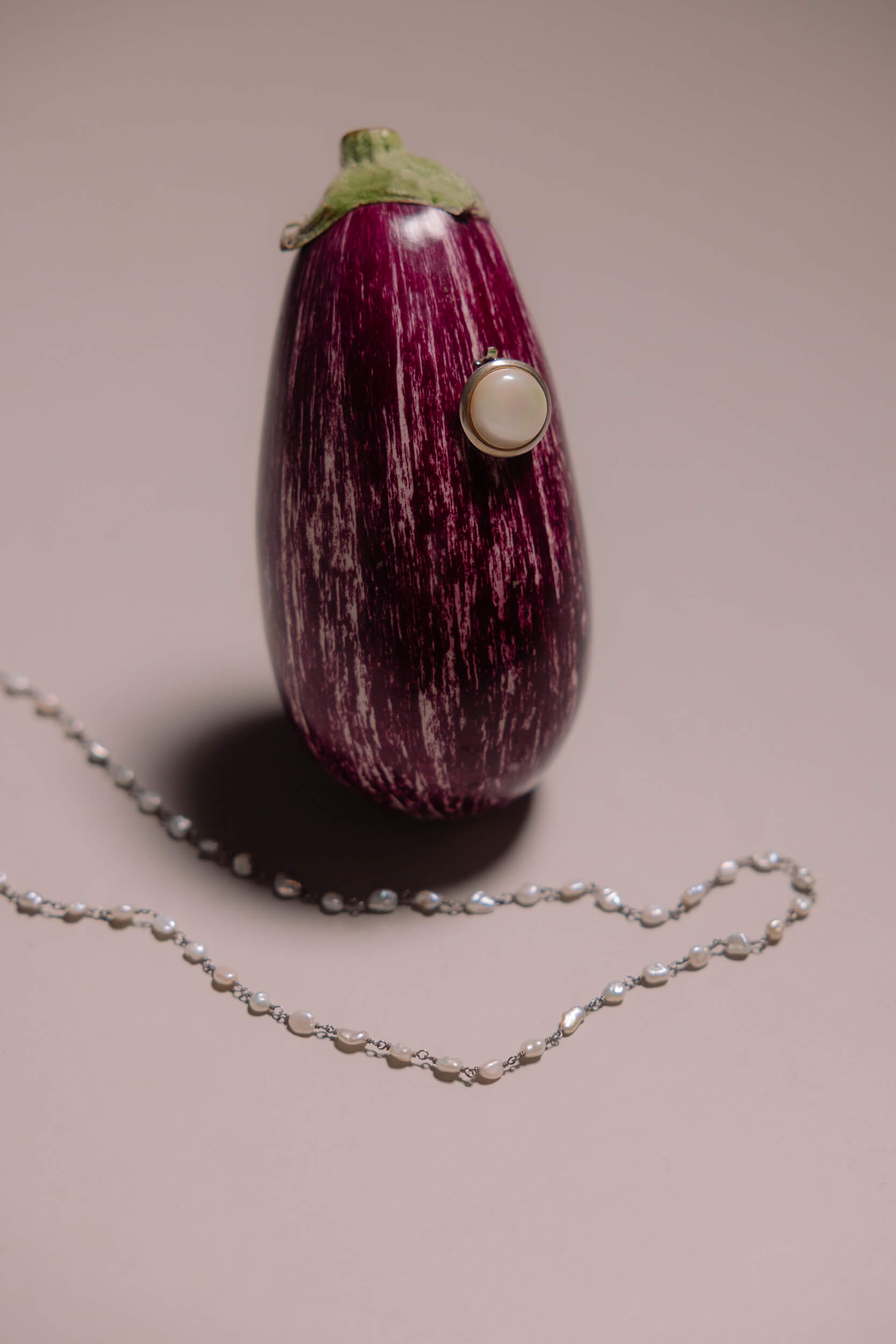
How would you describe the film in one word?
Daring.
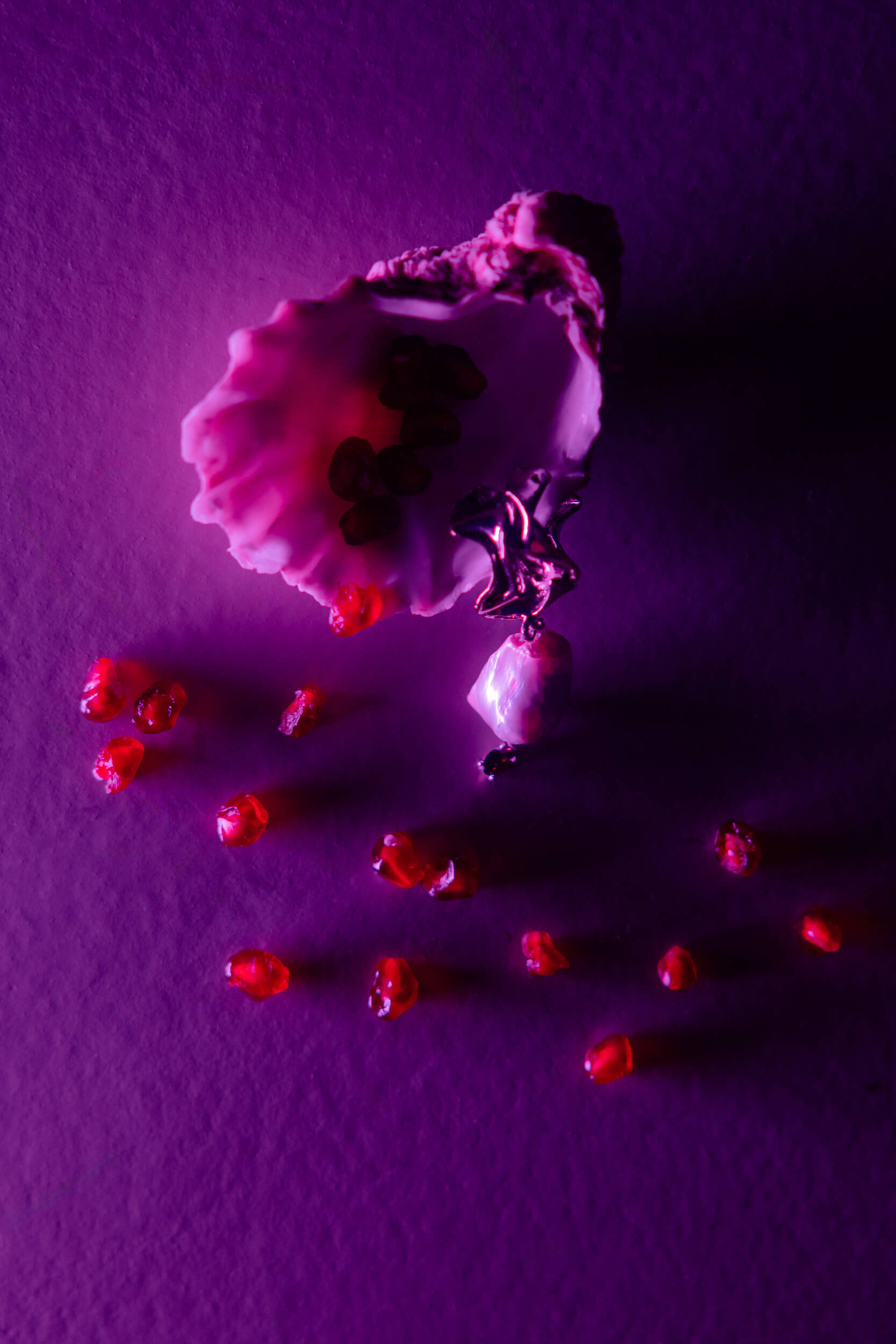
What attracts you—and what scares you—about a film set?
I get scared when it’s not a place of focus: only under certain conditions can things truly happen.
What attracts me are the encounters, time that’s different from reality, the dream.
The last film or series you watched that left something indelible in you?
“The Sacred Fig Tree” and “The Art of Joy” (!!!).
What’s the last thing you discovered about yourself through your work?
That sometimes what I possess is unknown even to me.
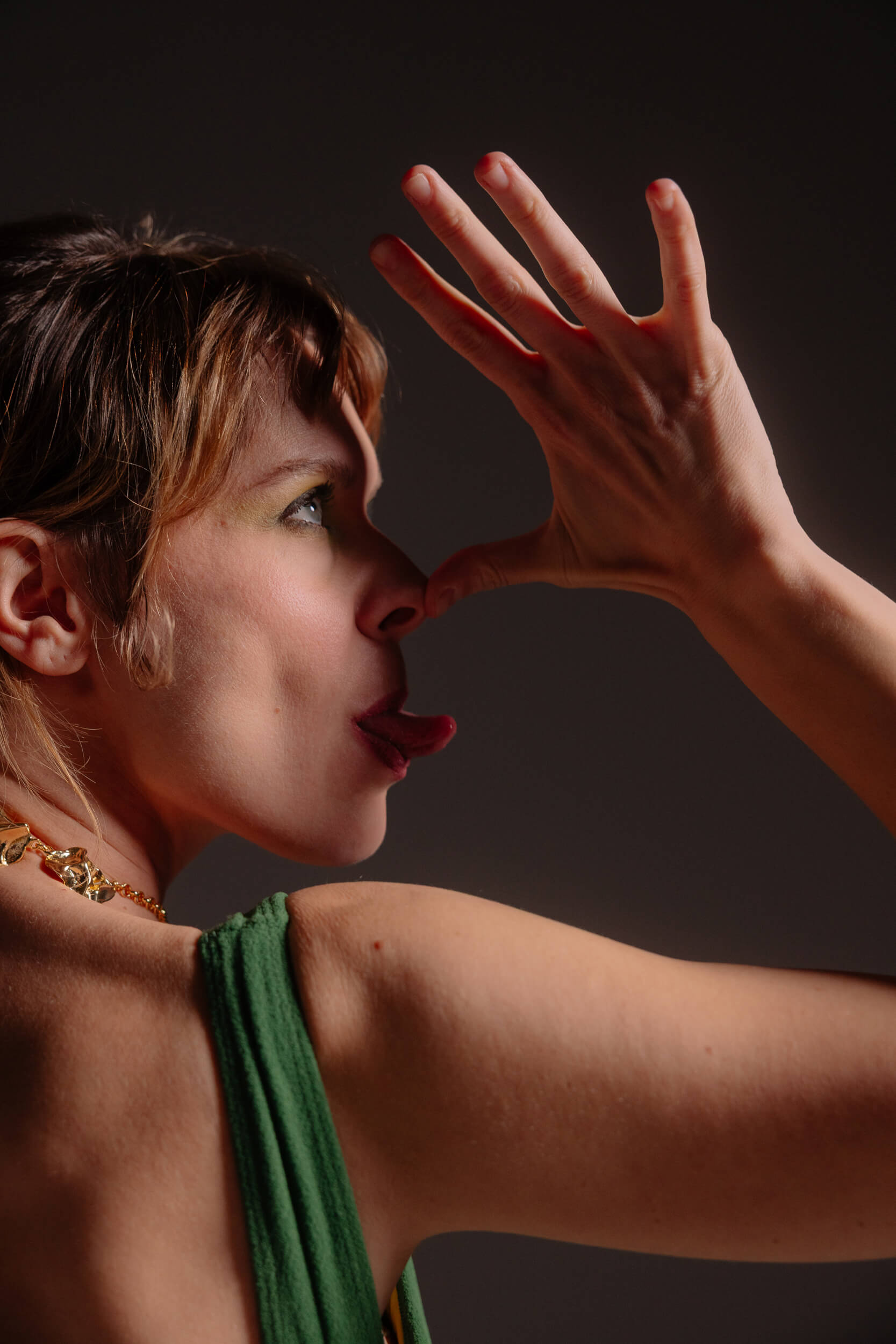
“What I possess is unknown even to me”
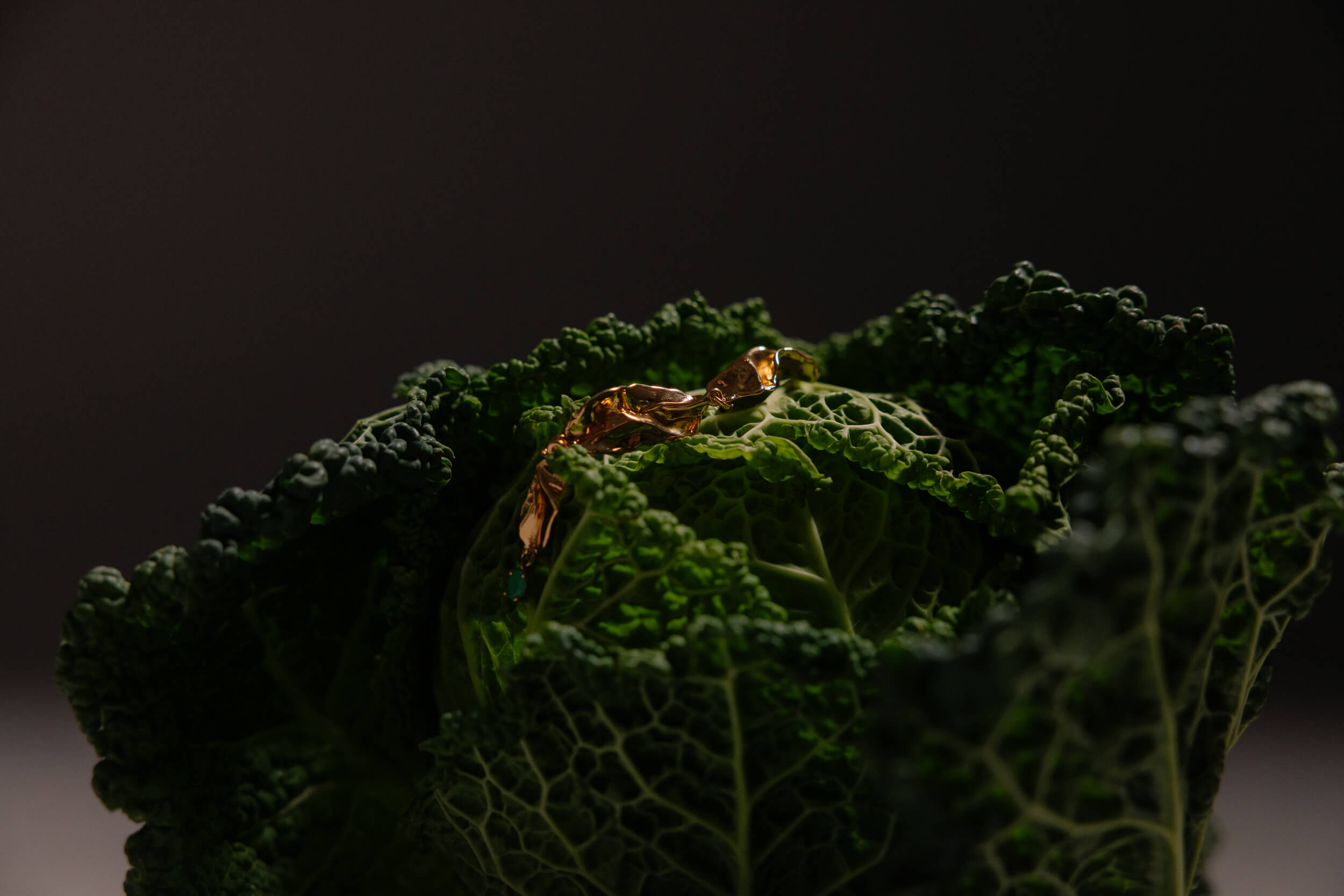
Your greatest act of courage?
Letting go.
And your greatest act of rebellion?
Accepting that not everyone will see me as reasonable.
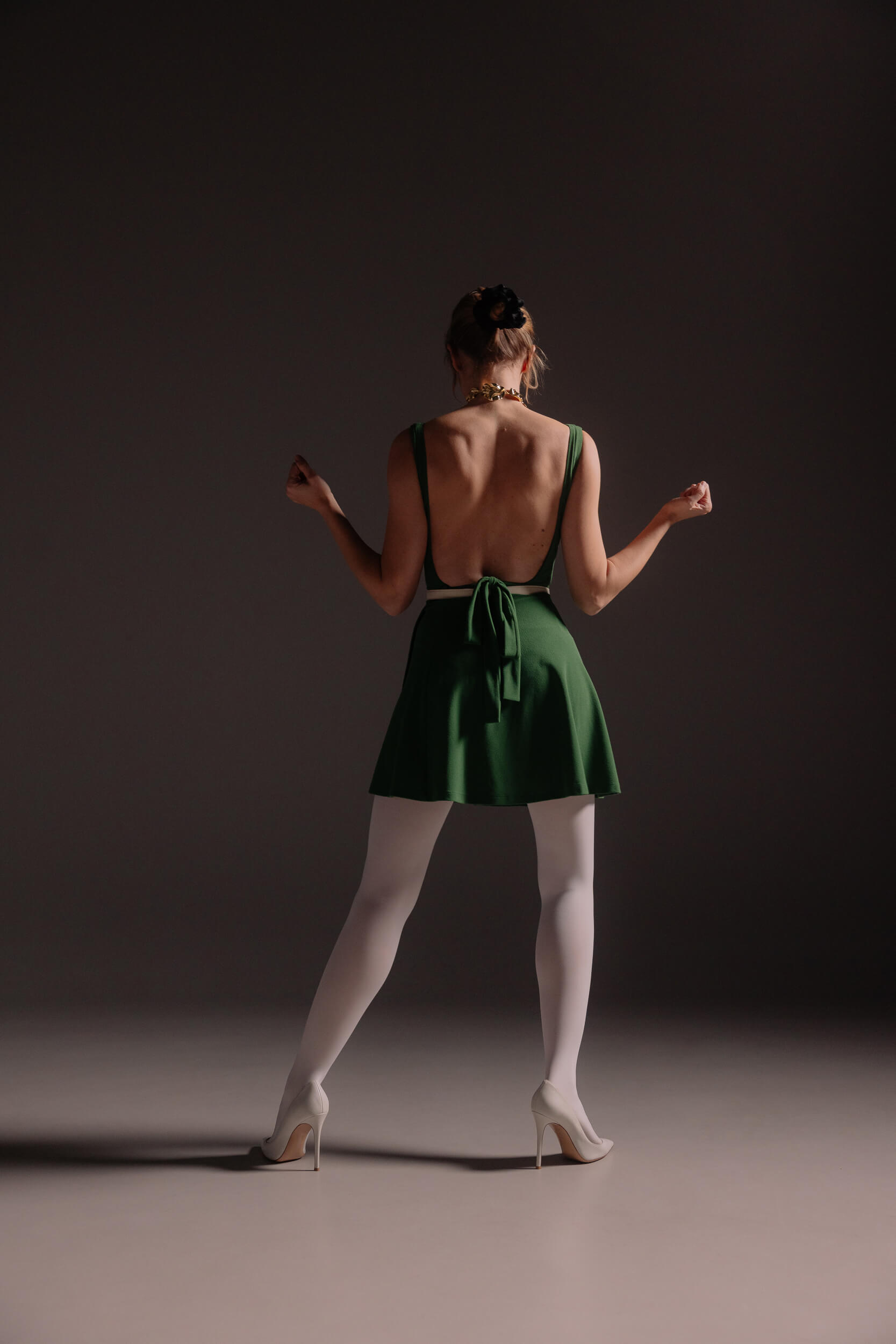
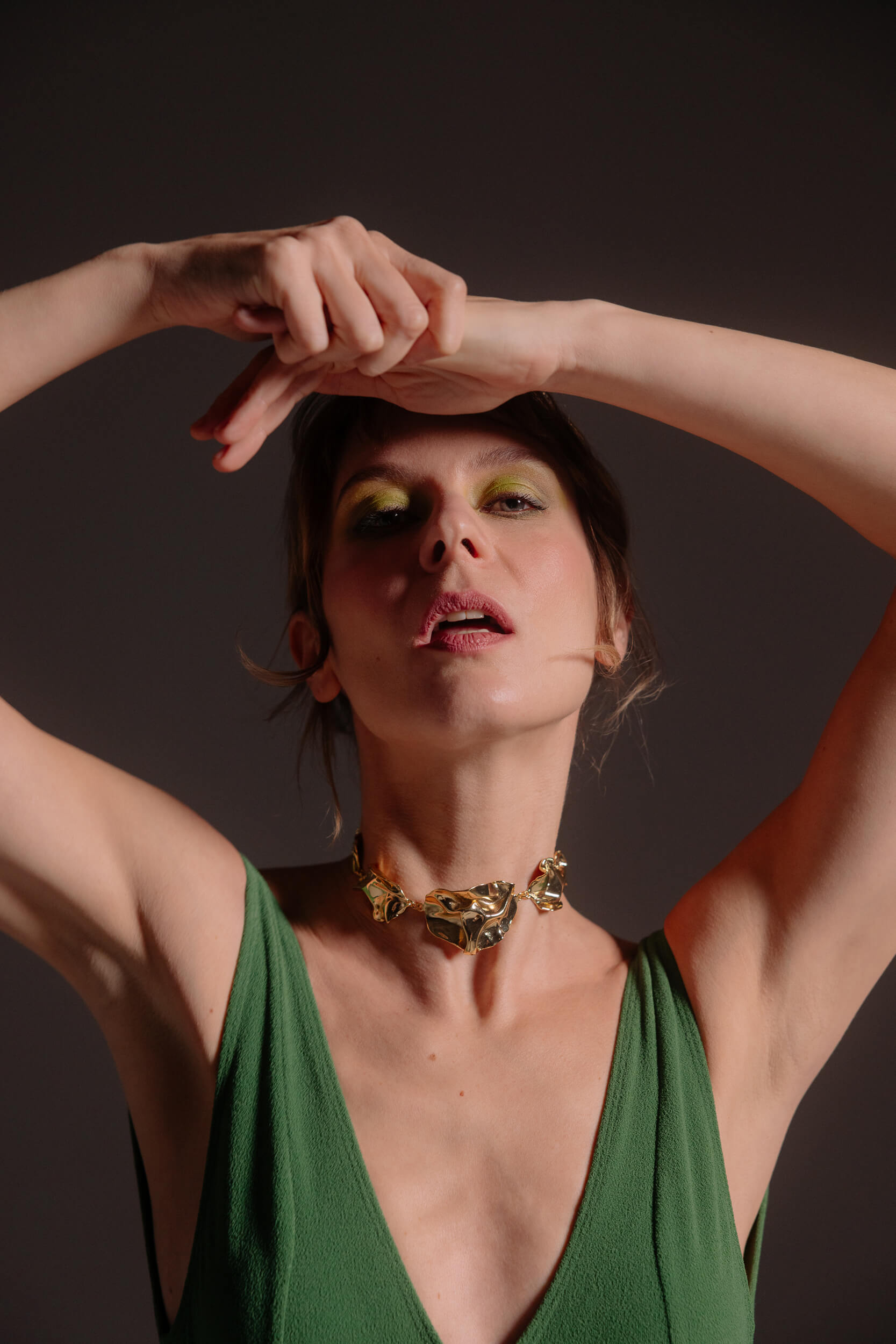
What’s the most beautiful view, to you?
I can’t choose. Recently, I saw some moving views in the Aeolian Islands.
In any case, it’s always a relationship between what I walk on and what I look at. Both must be beautiful.

Are you a morning person or a night owl? What’s your favorite time of day or night?
Alas, this also changes. I’m more focused at night, alone, but in the morning, I feel like everyone else—more democratic. Mornings are healthier.
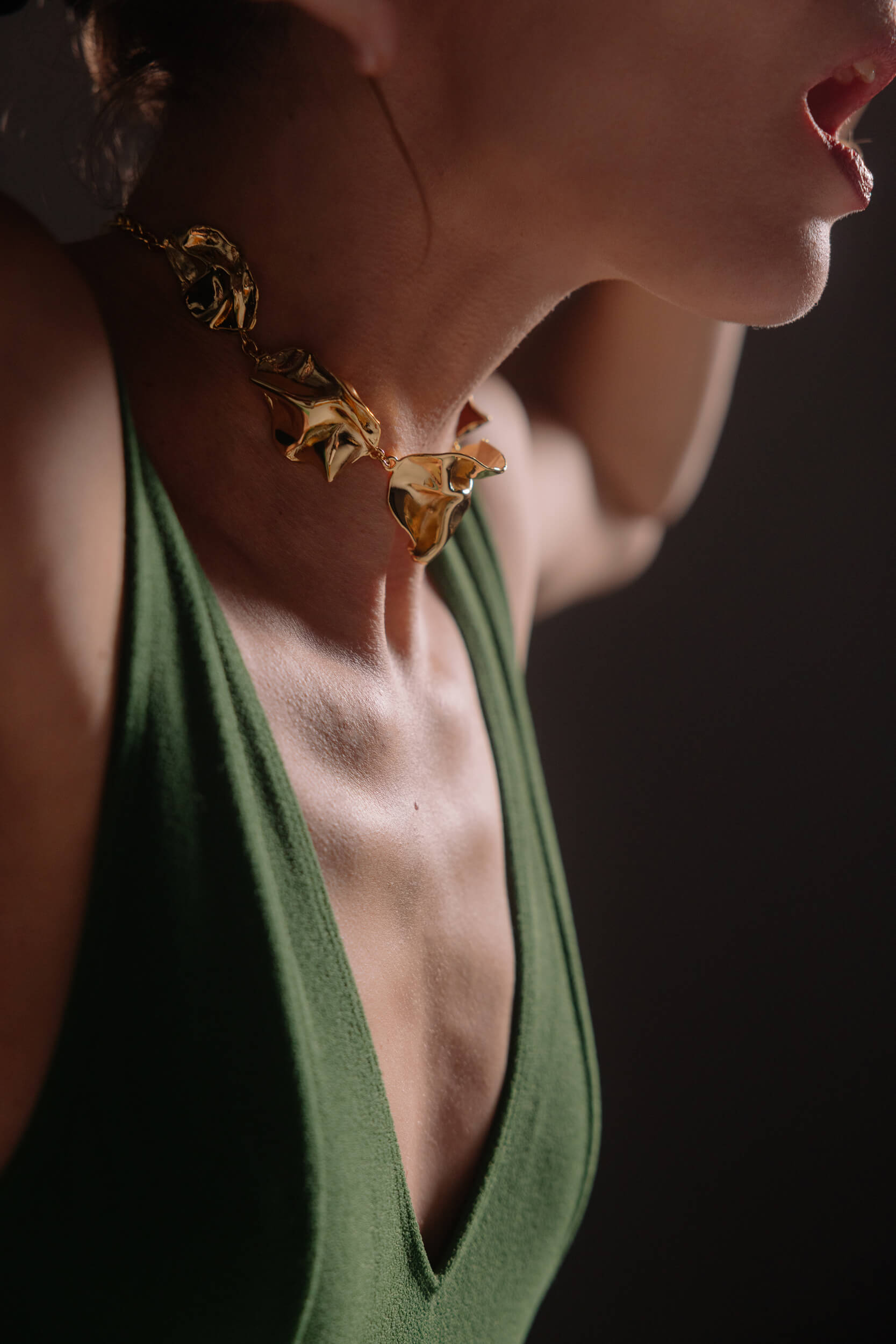
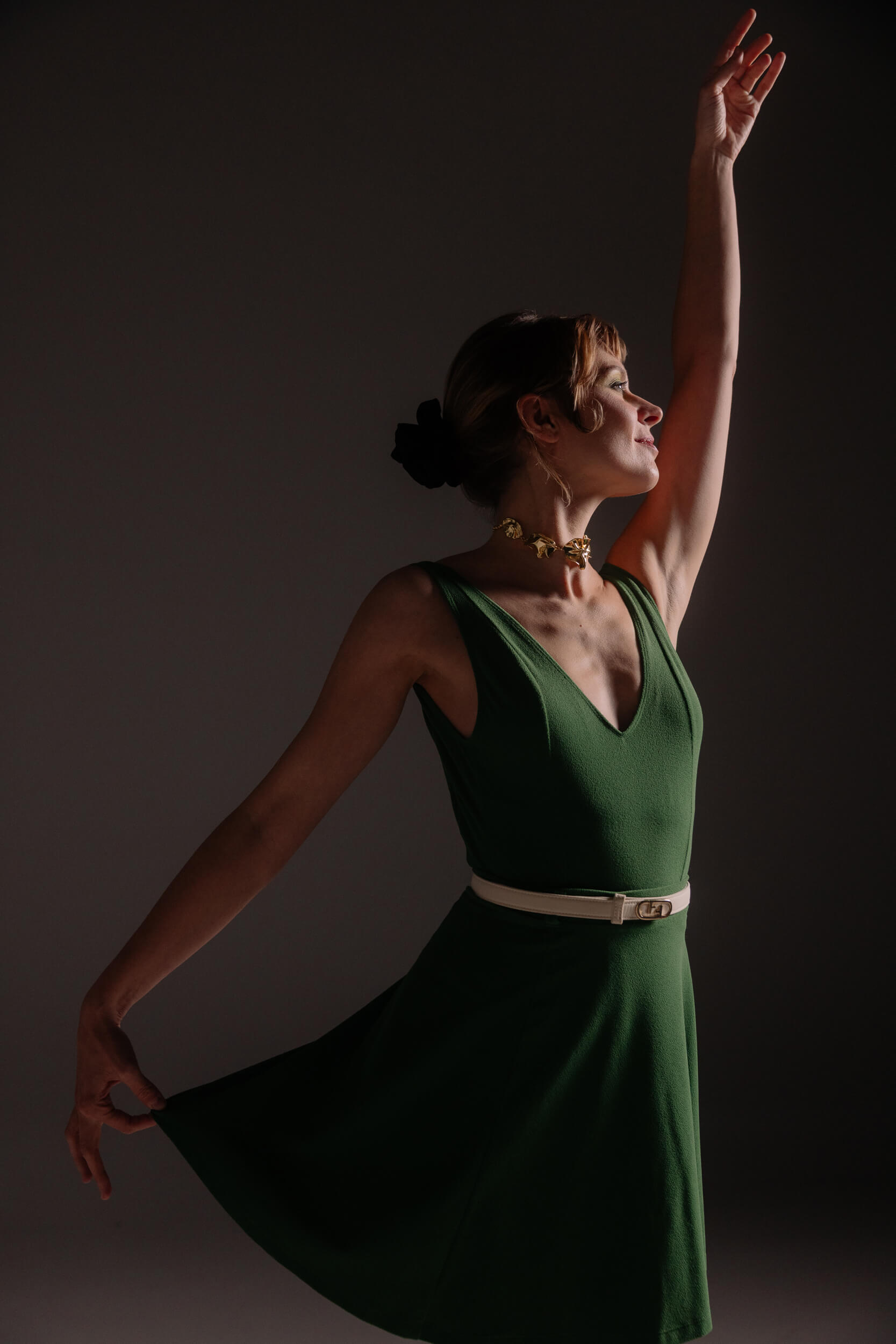
Cosa o chi ti fa sentire al sicuro e cosa o chi ti fa sentire sicura di te?
Mia figlia Anna, i miei gatti presenti e passati, alcuni libri, quando mi guardo negli occhi veramente con qualcuno che amo mi sento meglio.
Per te cos’è “casa”?
Un gruppo di persone, gli spaghetti al pomodoro di mia mamma.
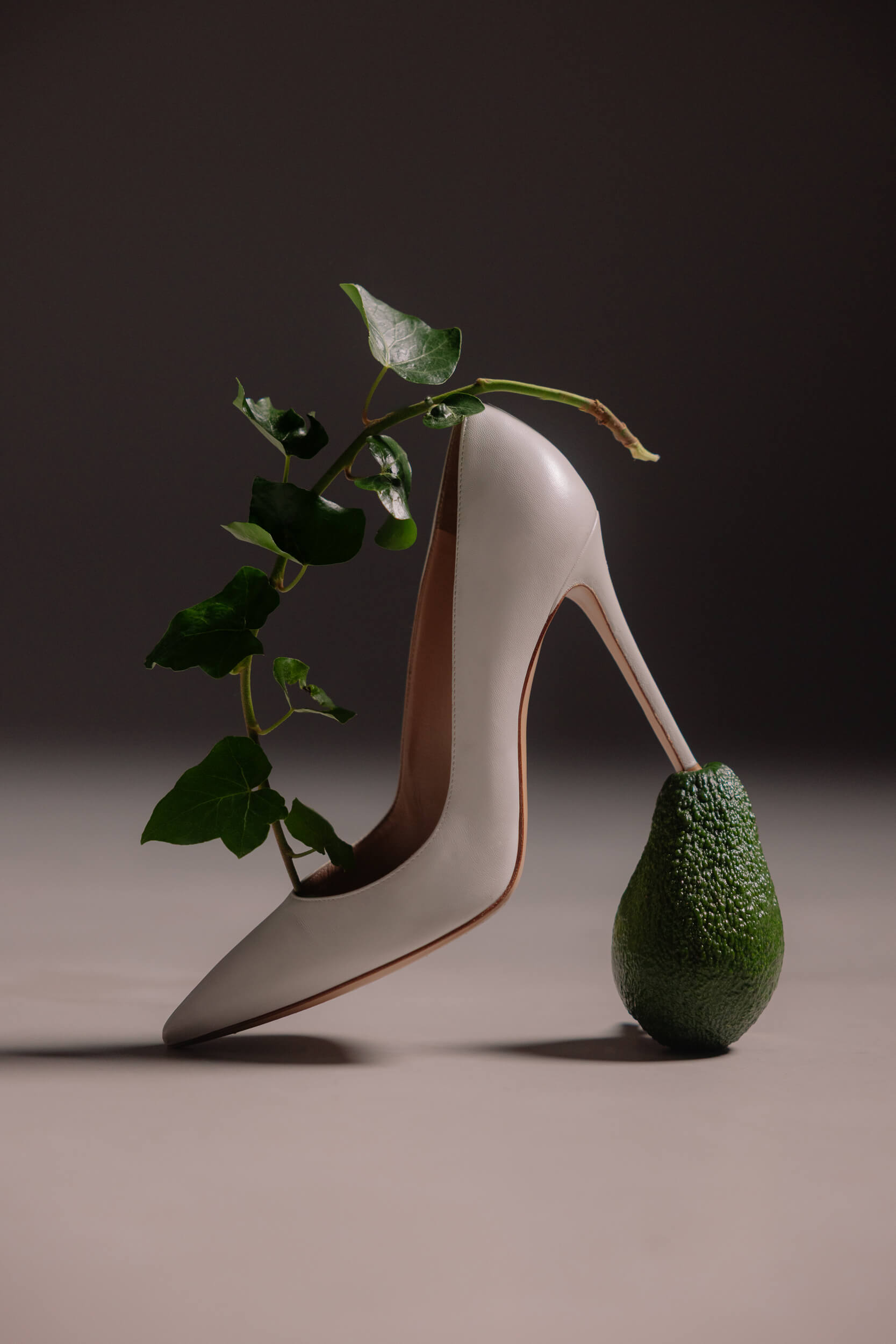
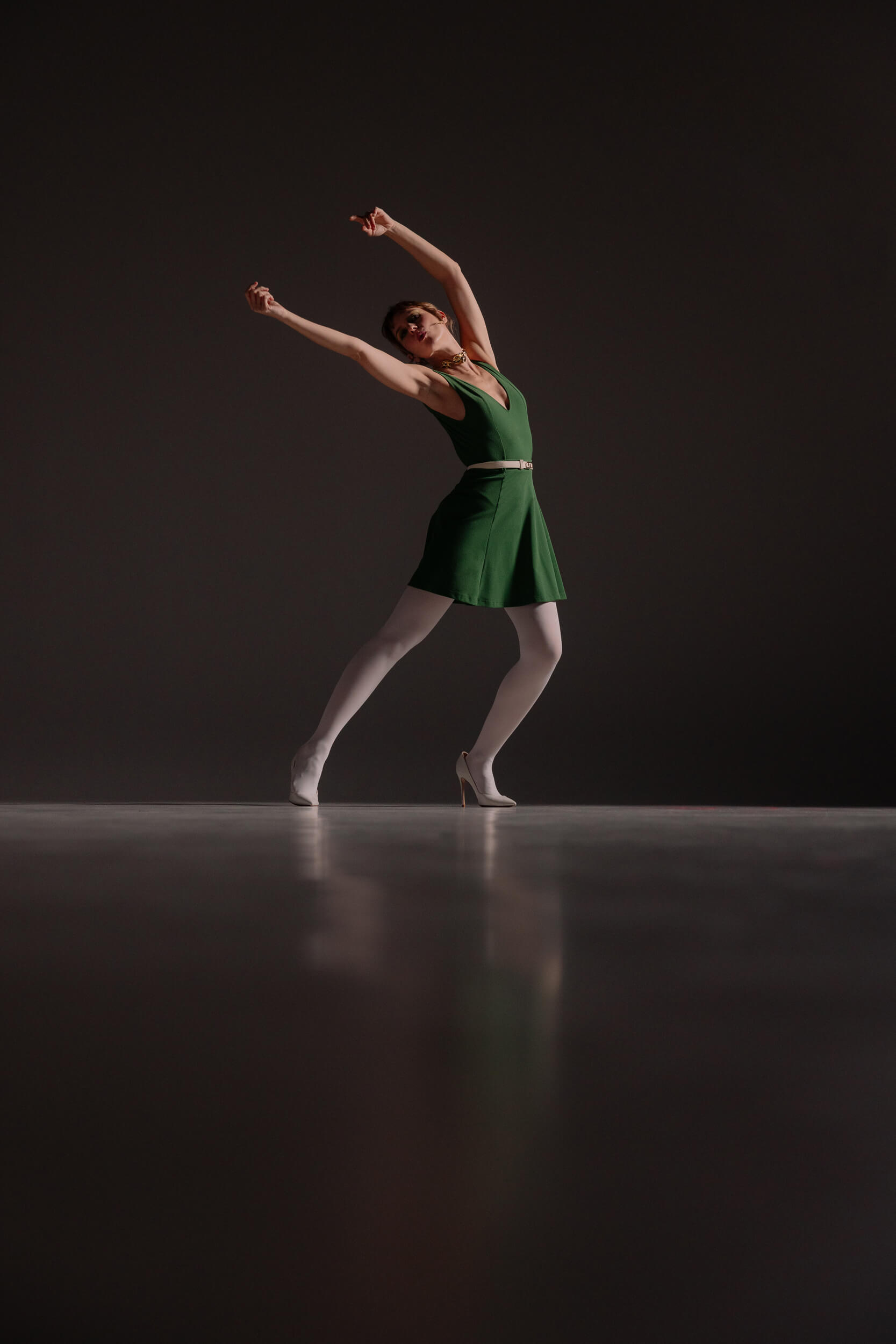
What does it mean to feel comfortable in your own skin?
Feeling clean, strong, and free to move through the world without constantly checking how you’re being perceived. Not replaying voice notes, not looking in the mirror, not checking your reflection—but staying outside of yourself as much as possible.
What’s your happy place?
Today, walking through a forest and dancing to songs from my teenage years.

Photos & Video by Johnny Carrano.
Makeup & Hair by Sofia Caspani.
Styling by Sara Castelli Gattinara.
Assistant Styling Ginevra Cipolloni.
Thanks to Other srl.
LOOK 1
Shorts & top: Sandro Paris
Shoes: Jimmy Choo
LOOK 2
Total look: Zimmermann
Shoes: Gianvito Rossi
LOOK 3
Skirt & top: Festa Foresta
Jewels: Voodoo Jewels
Shoes: Gianvito Rossi
